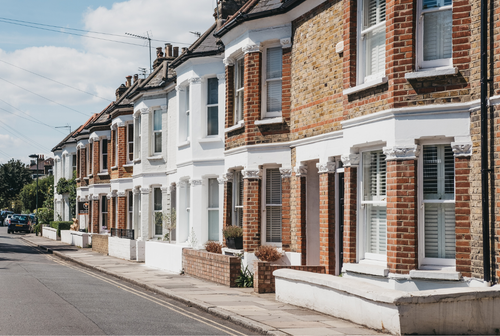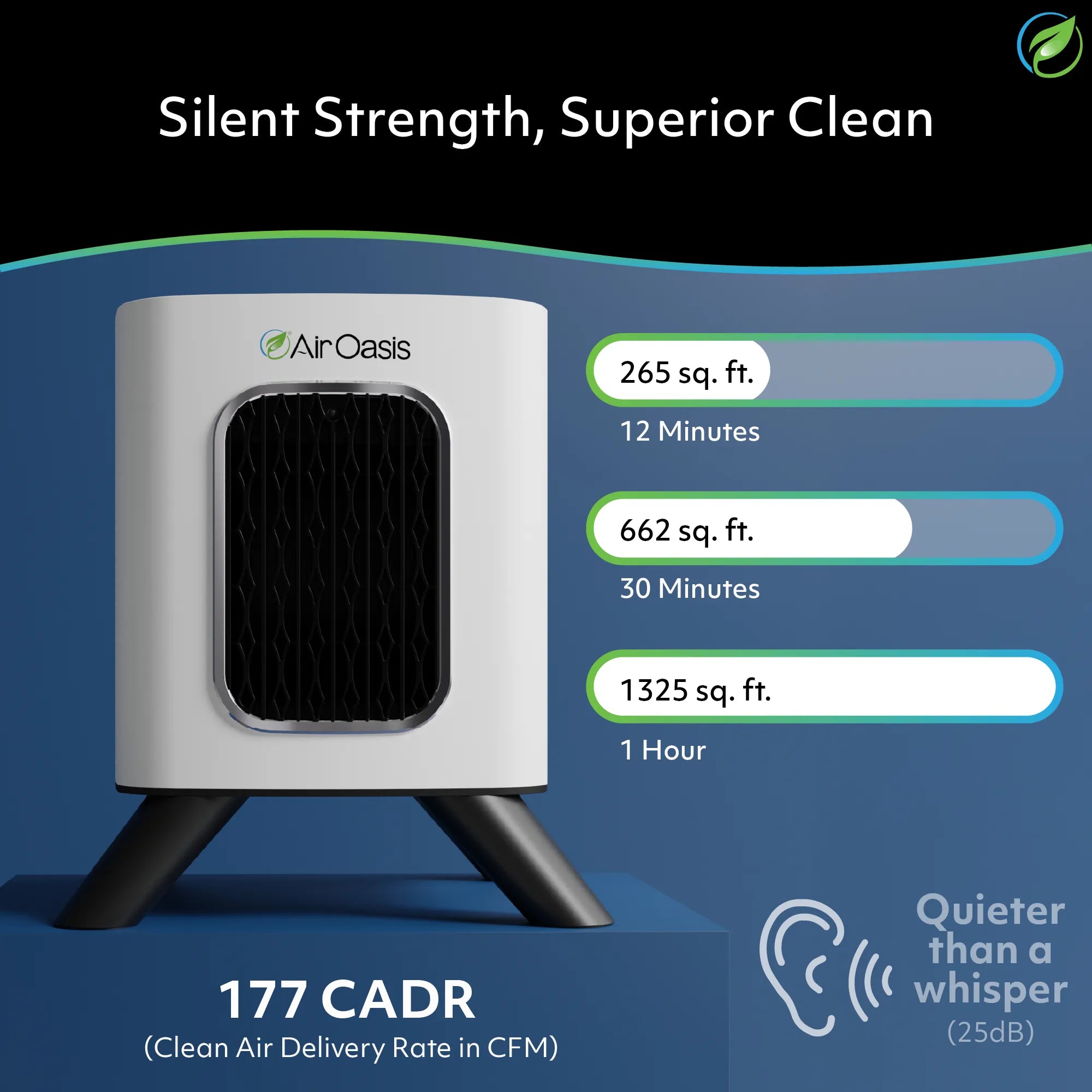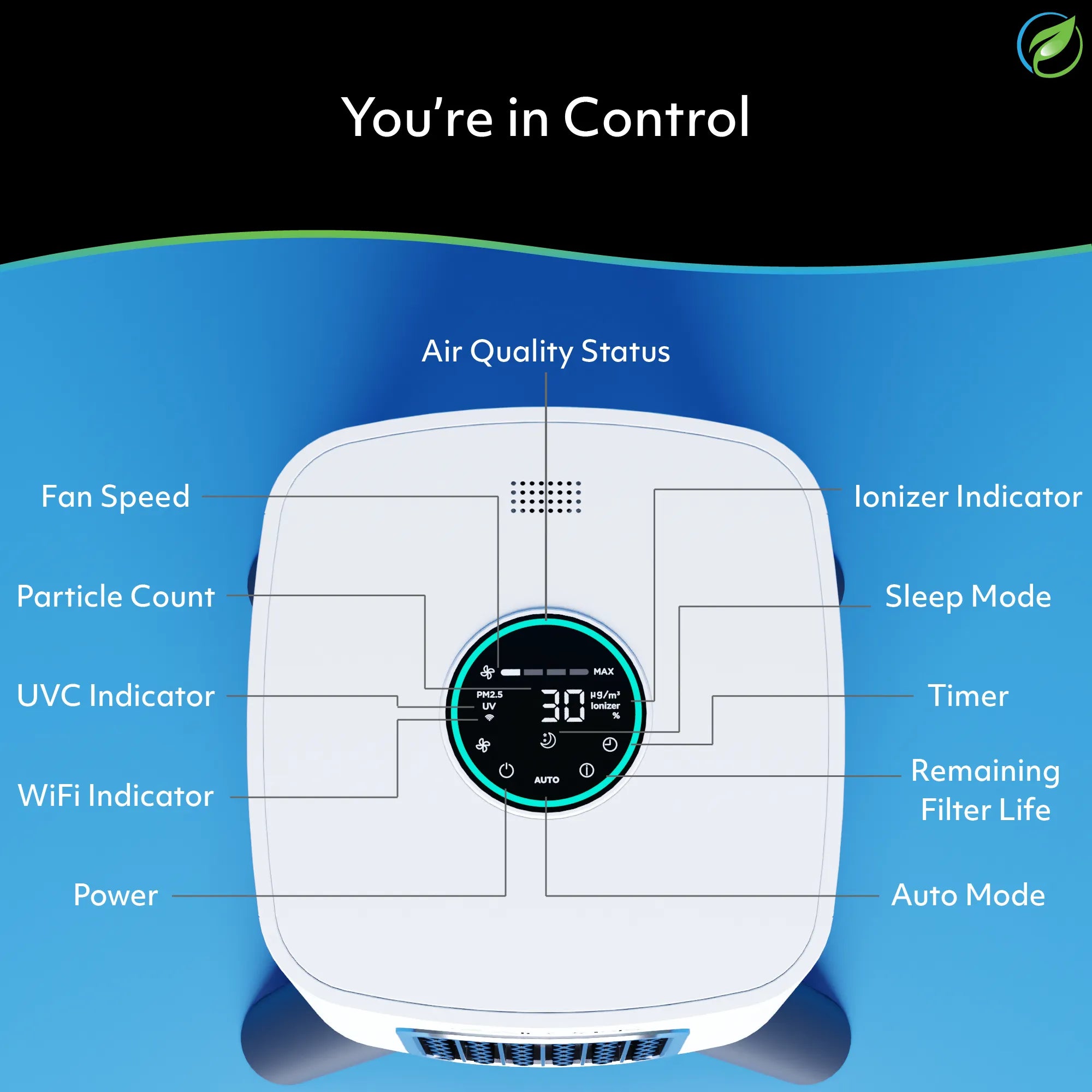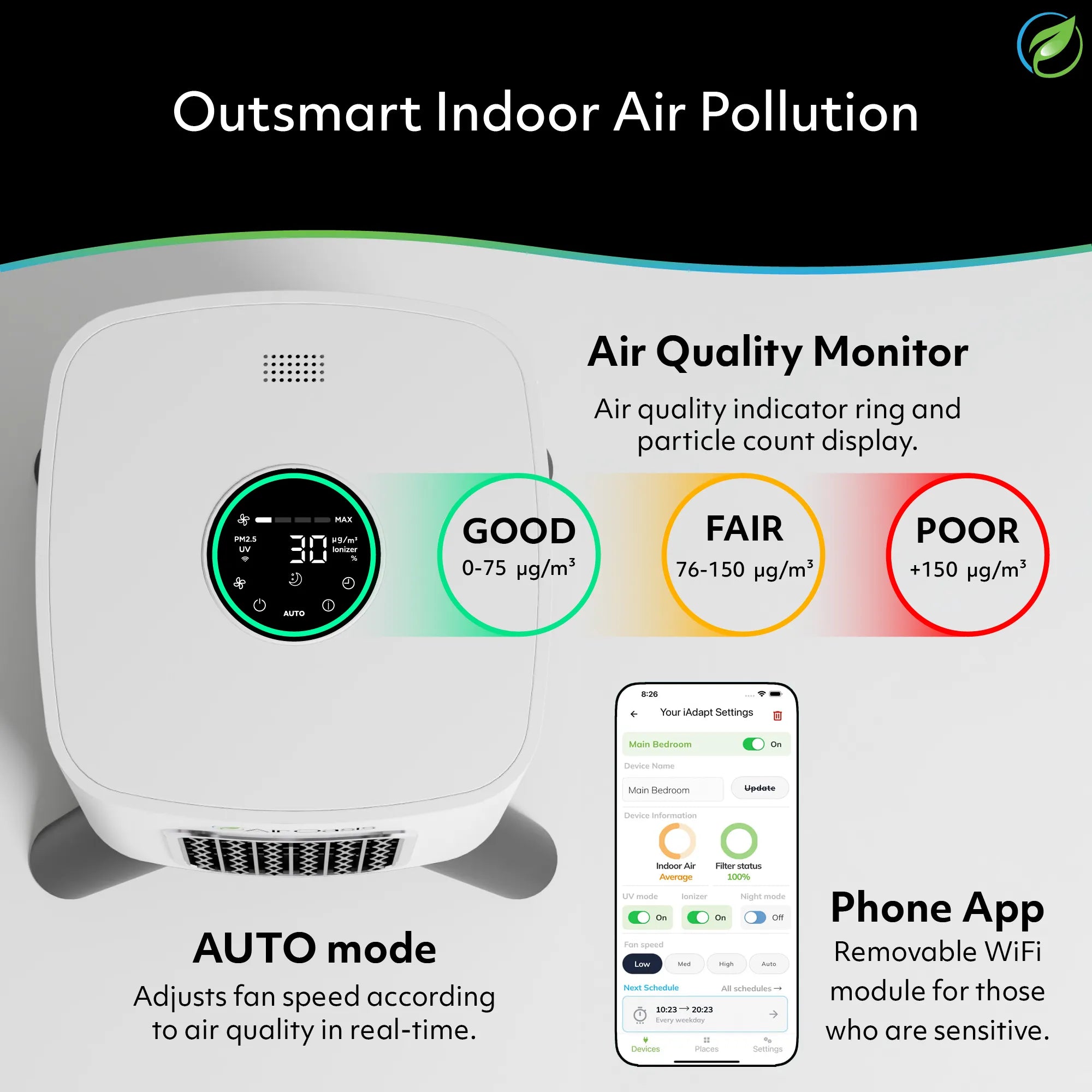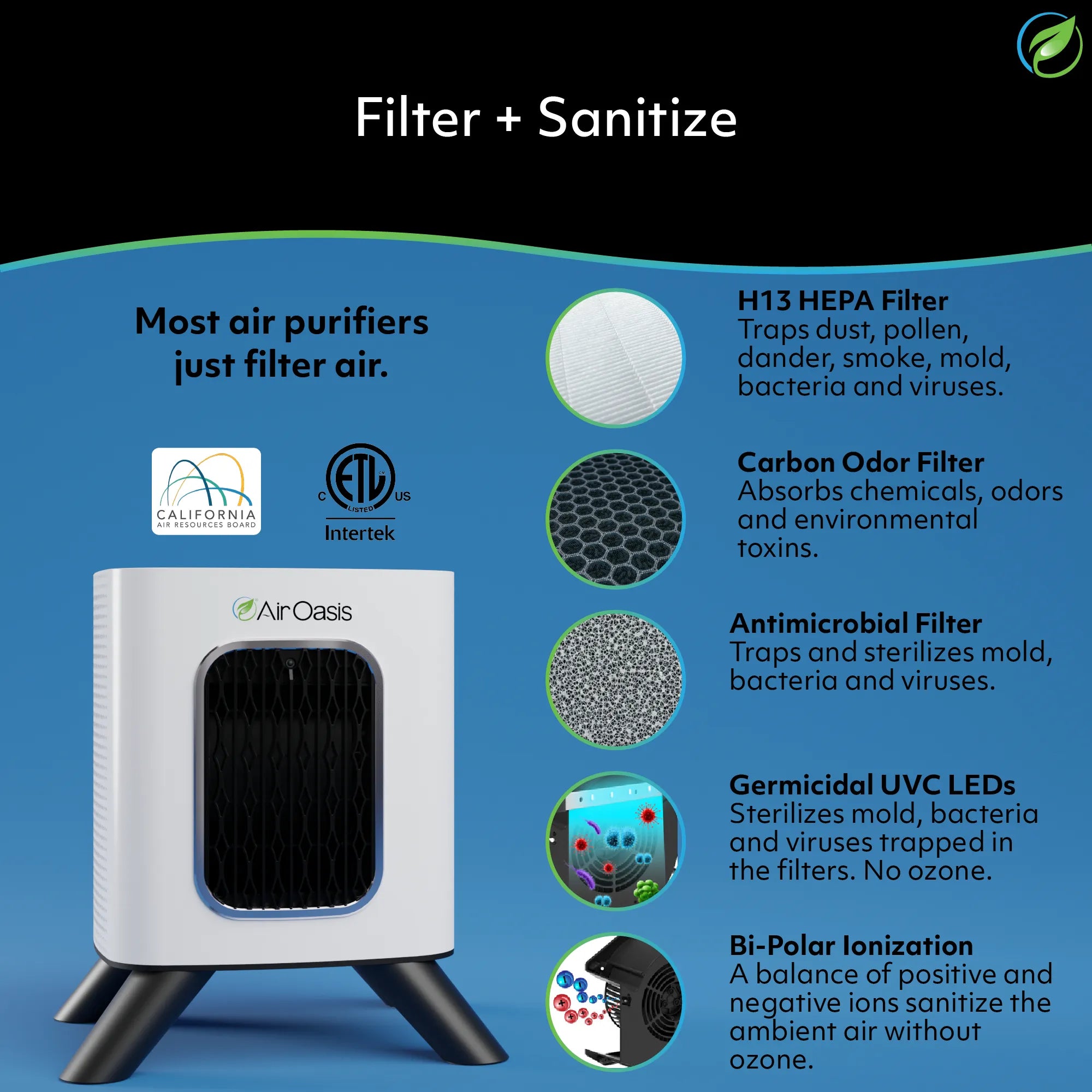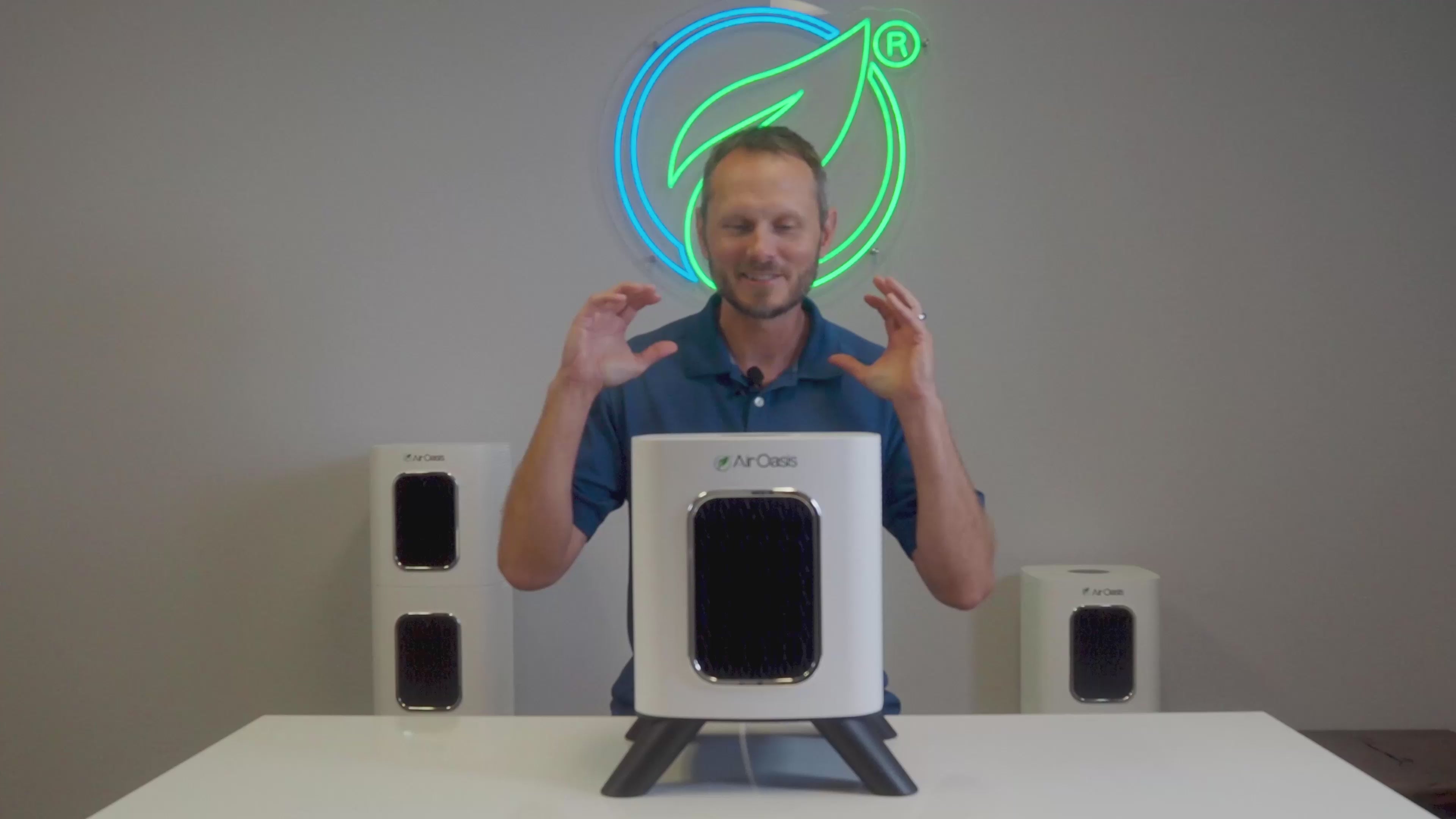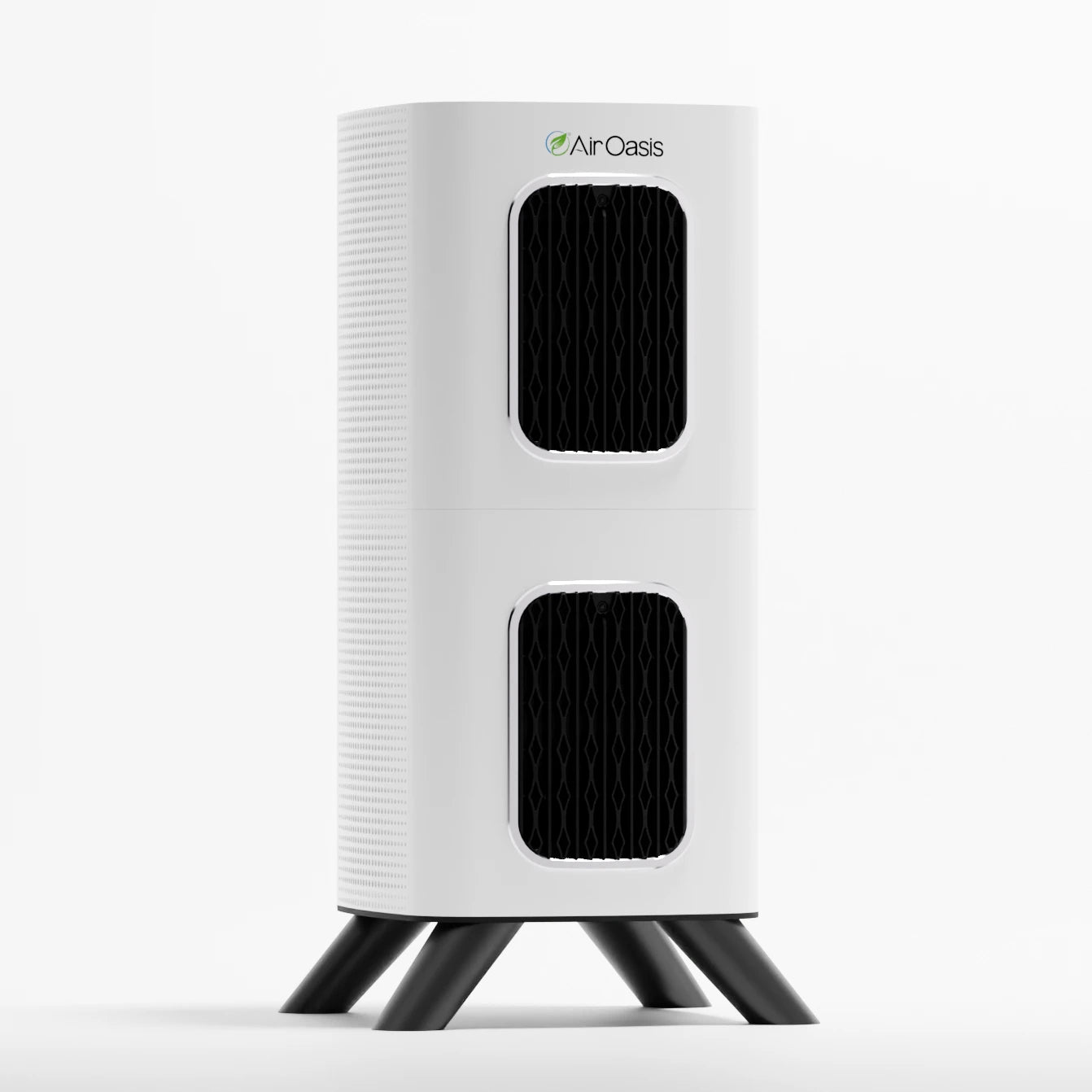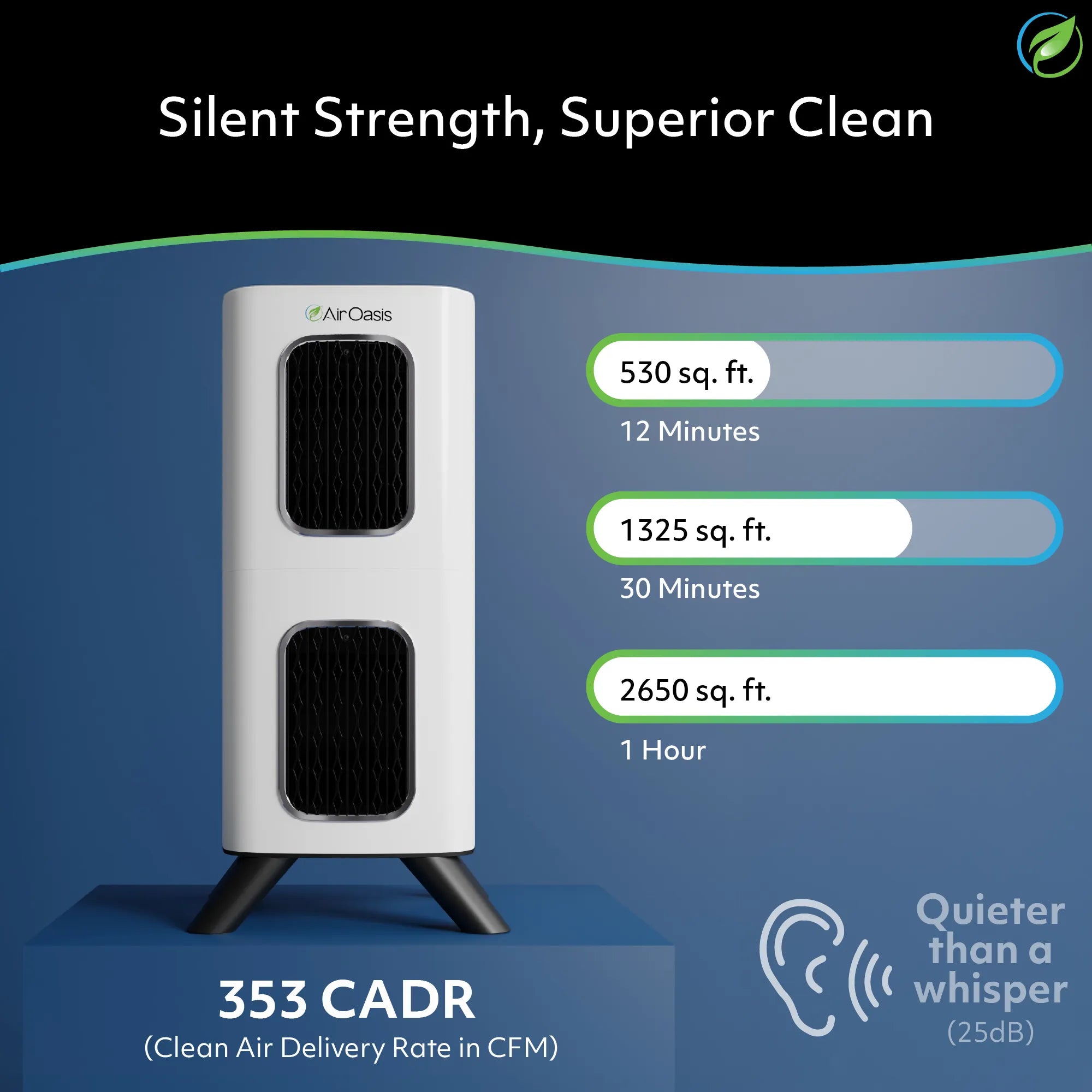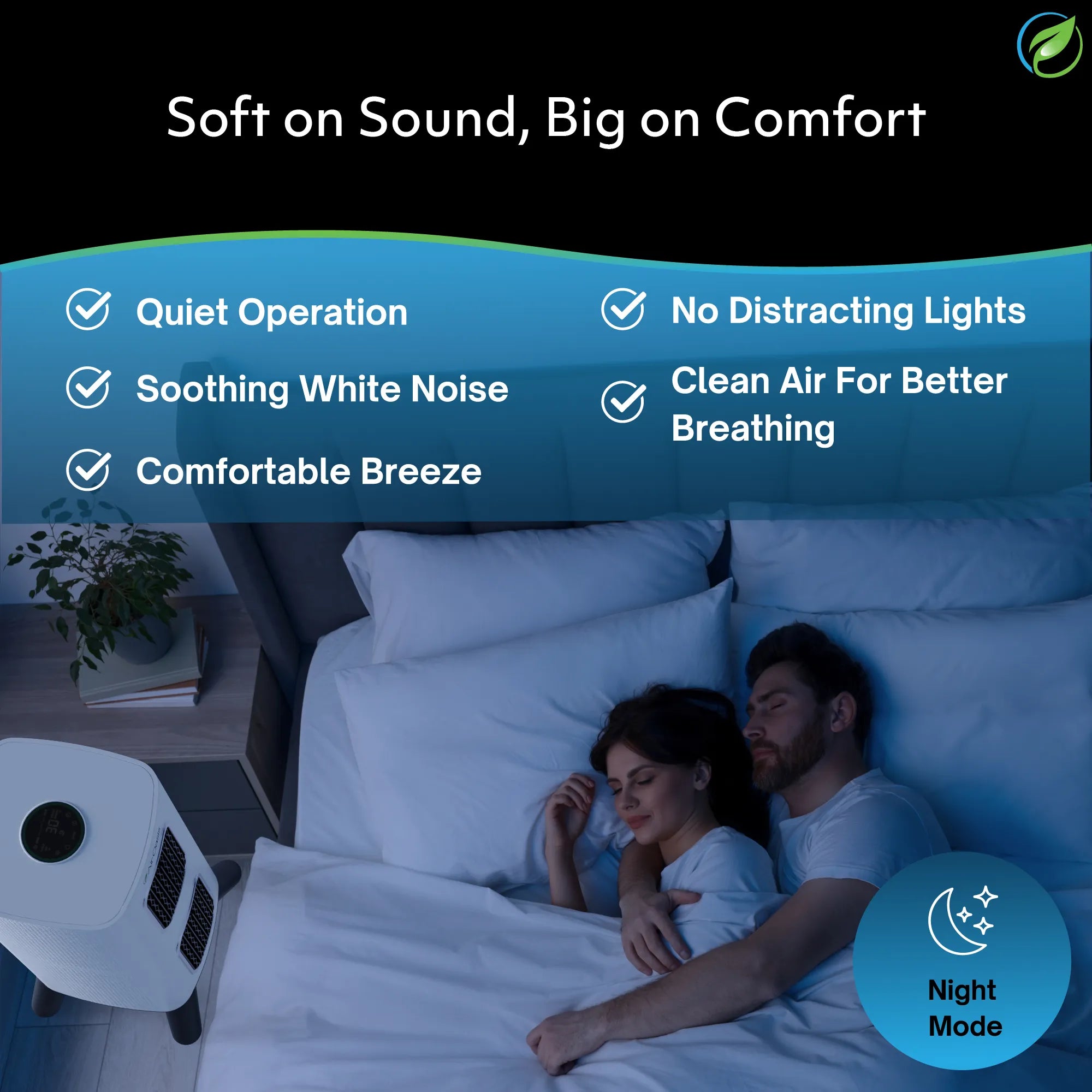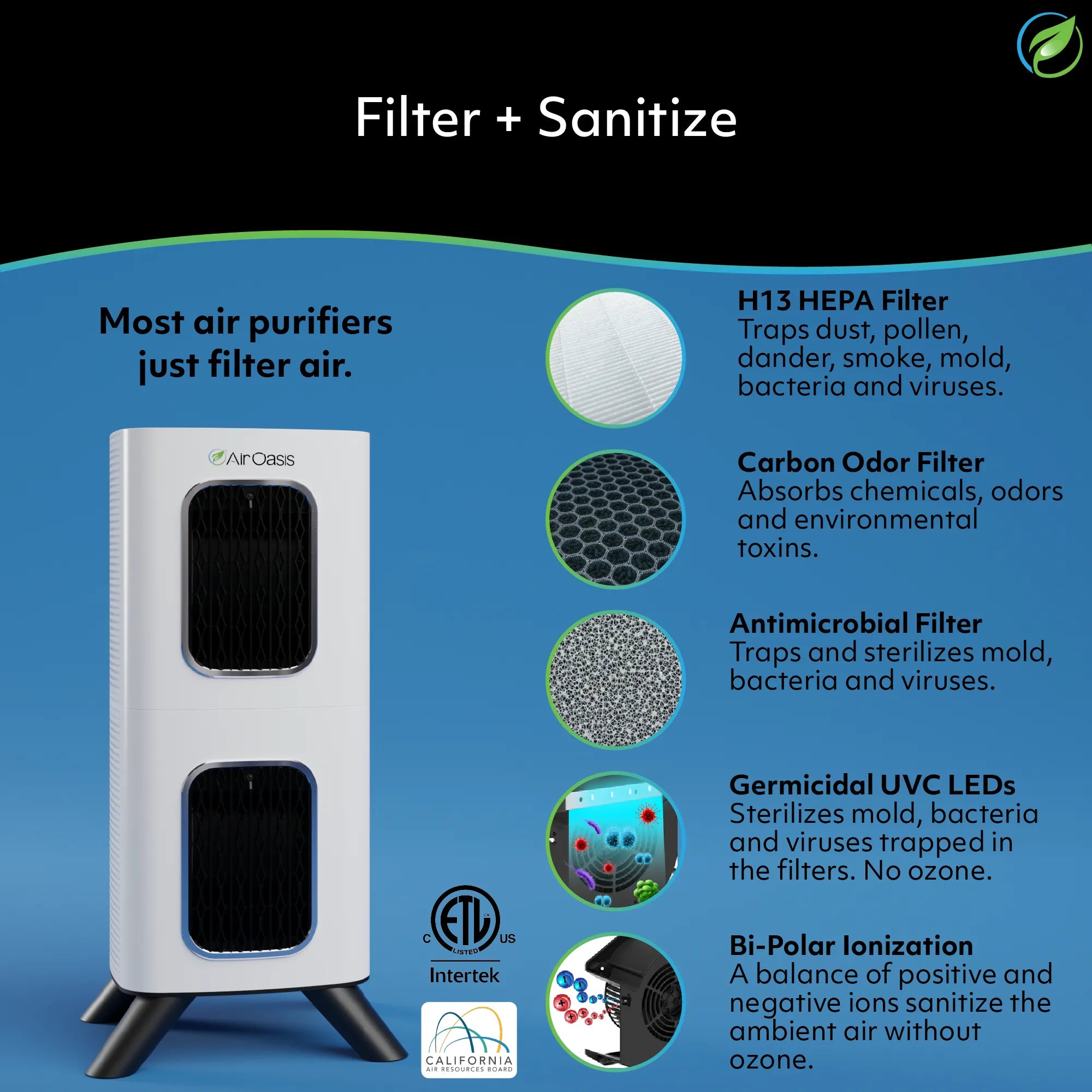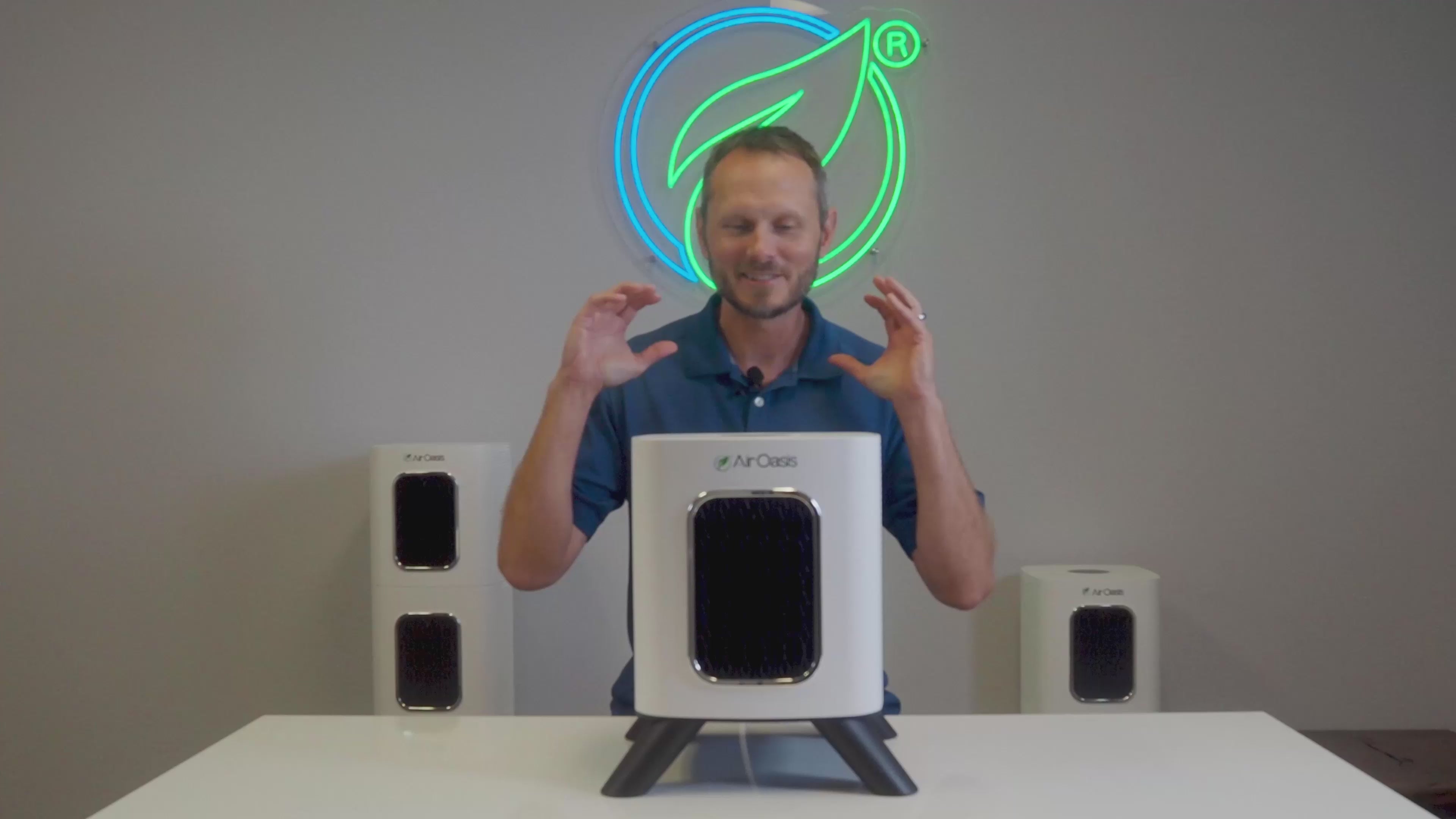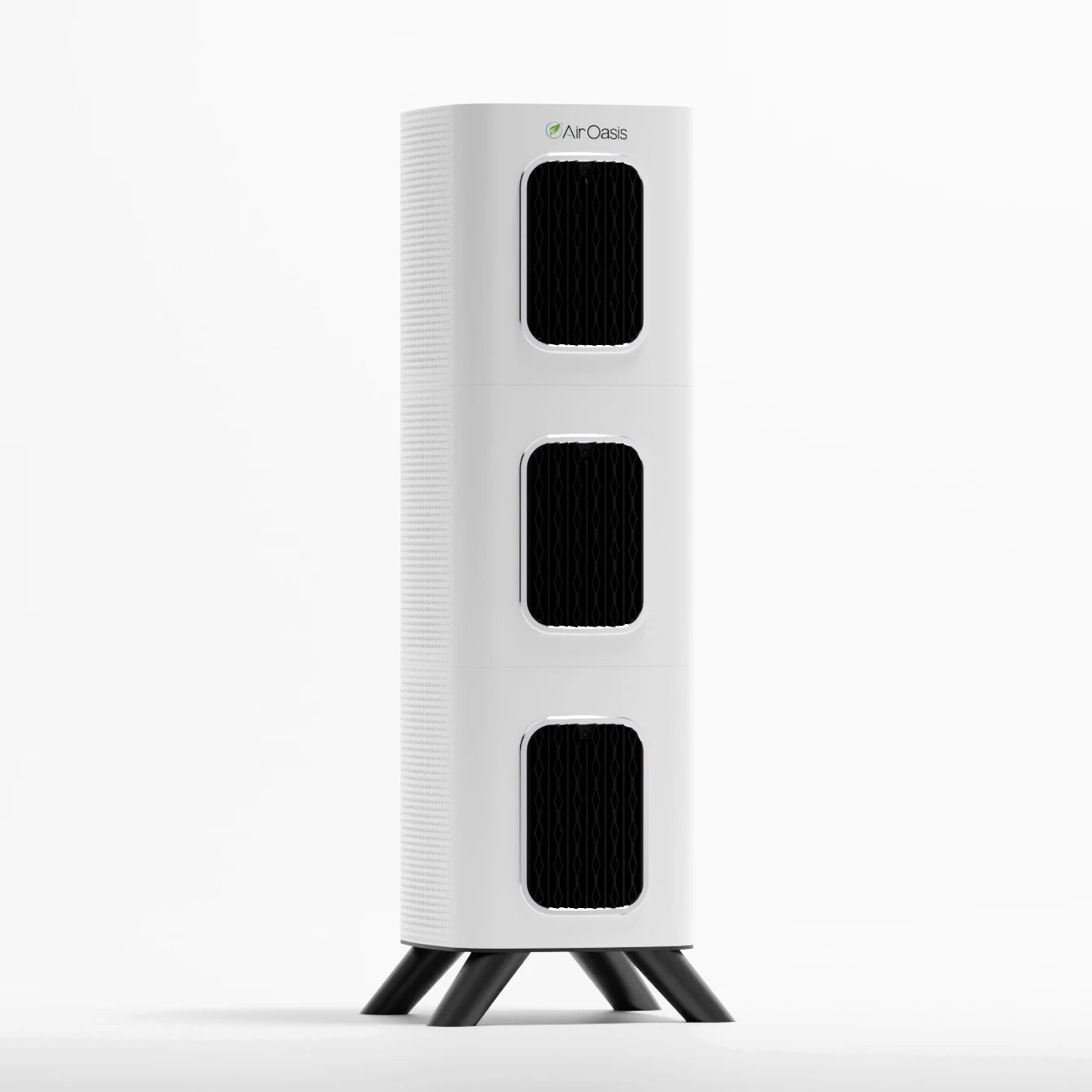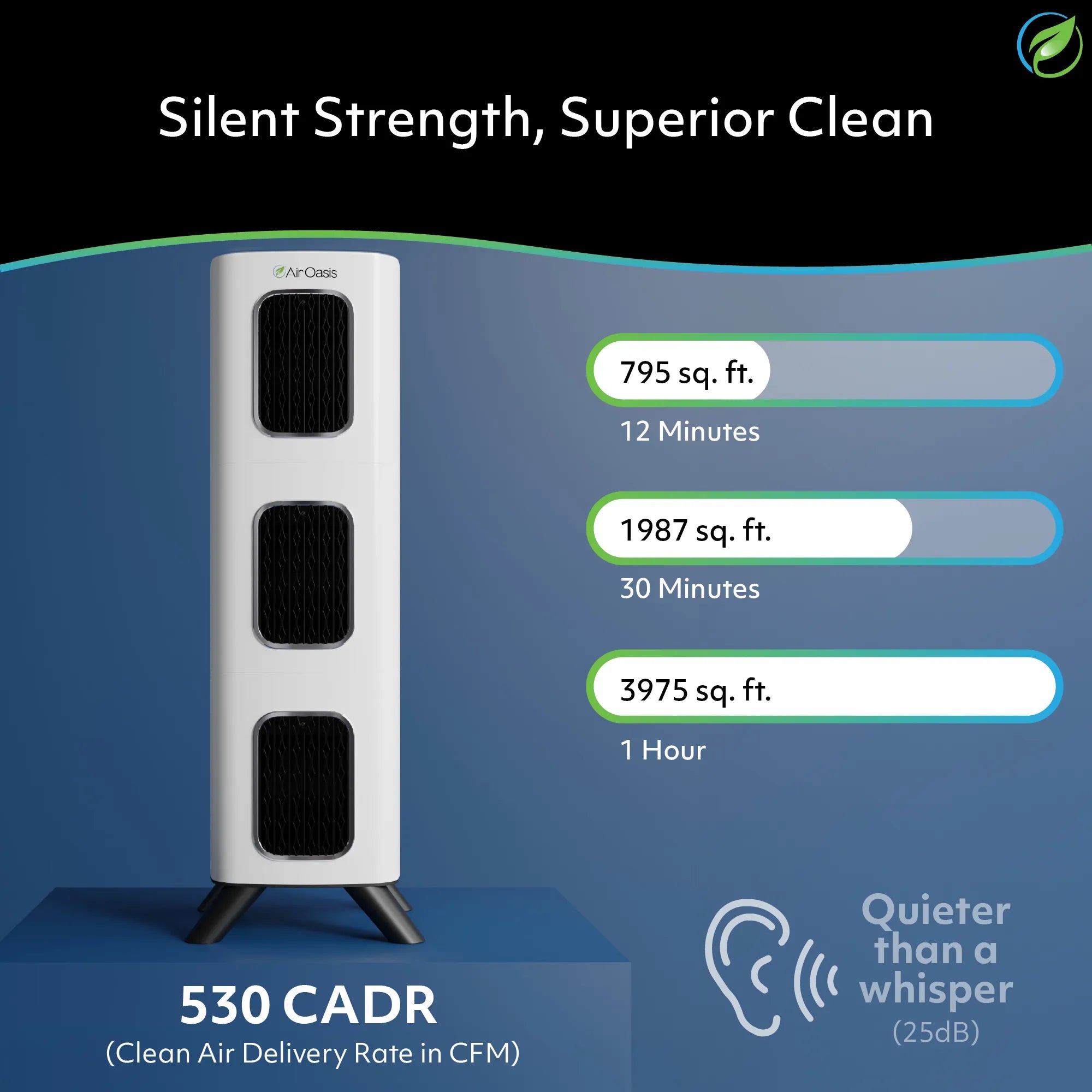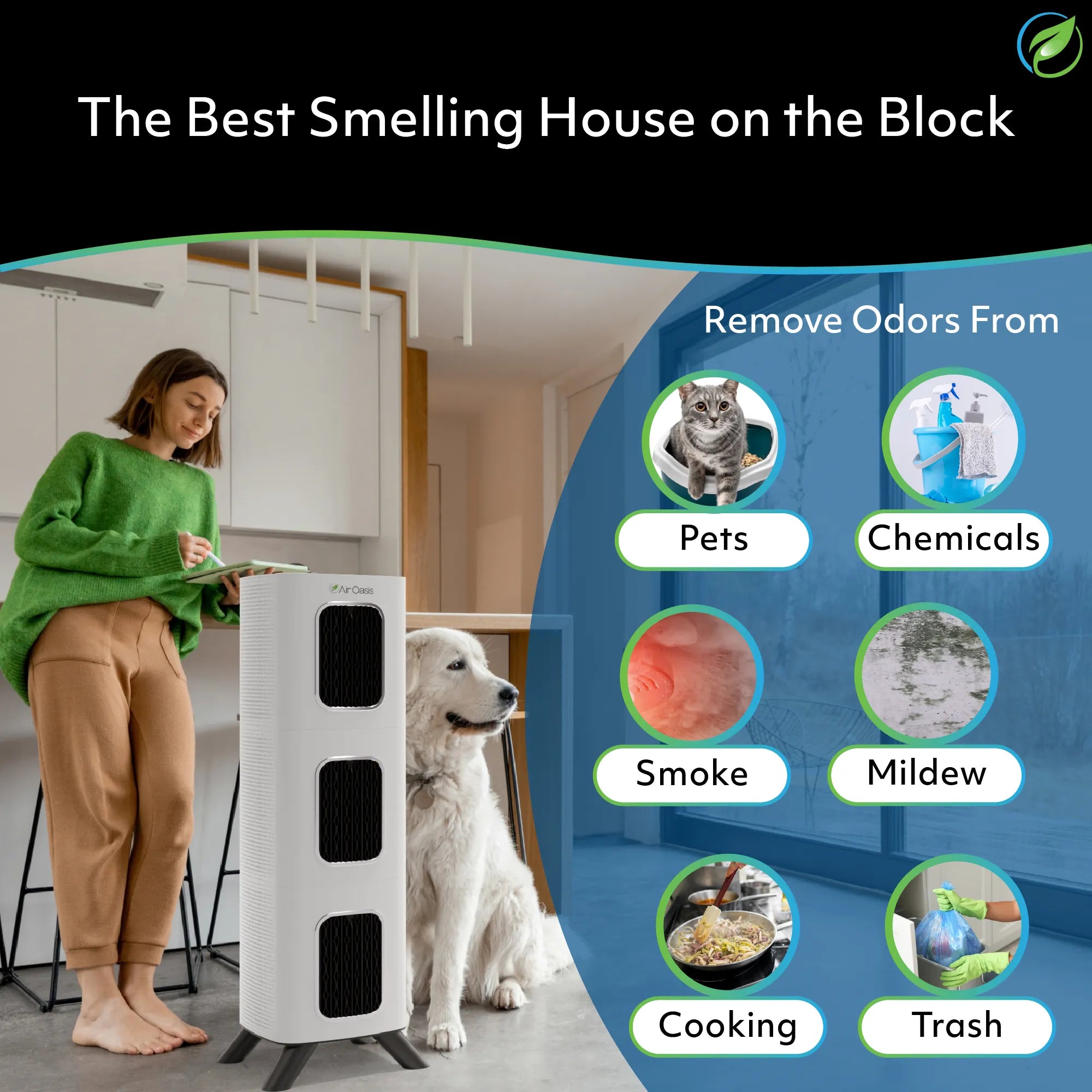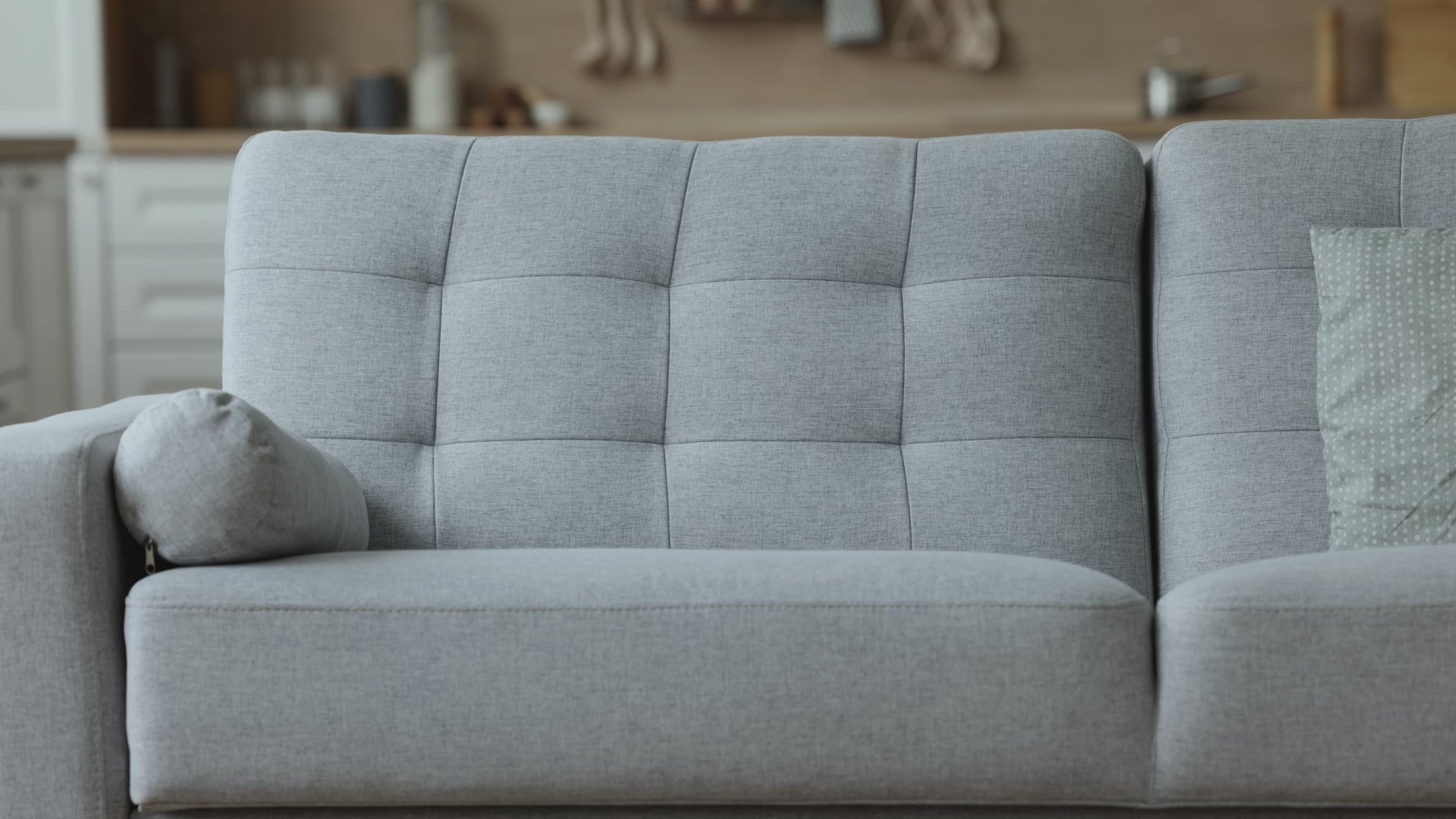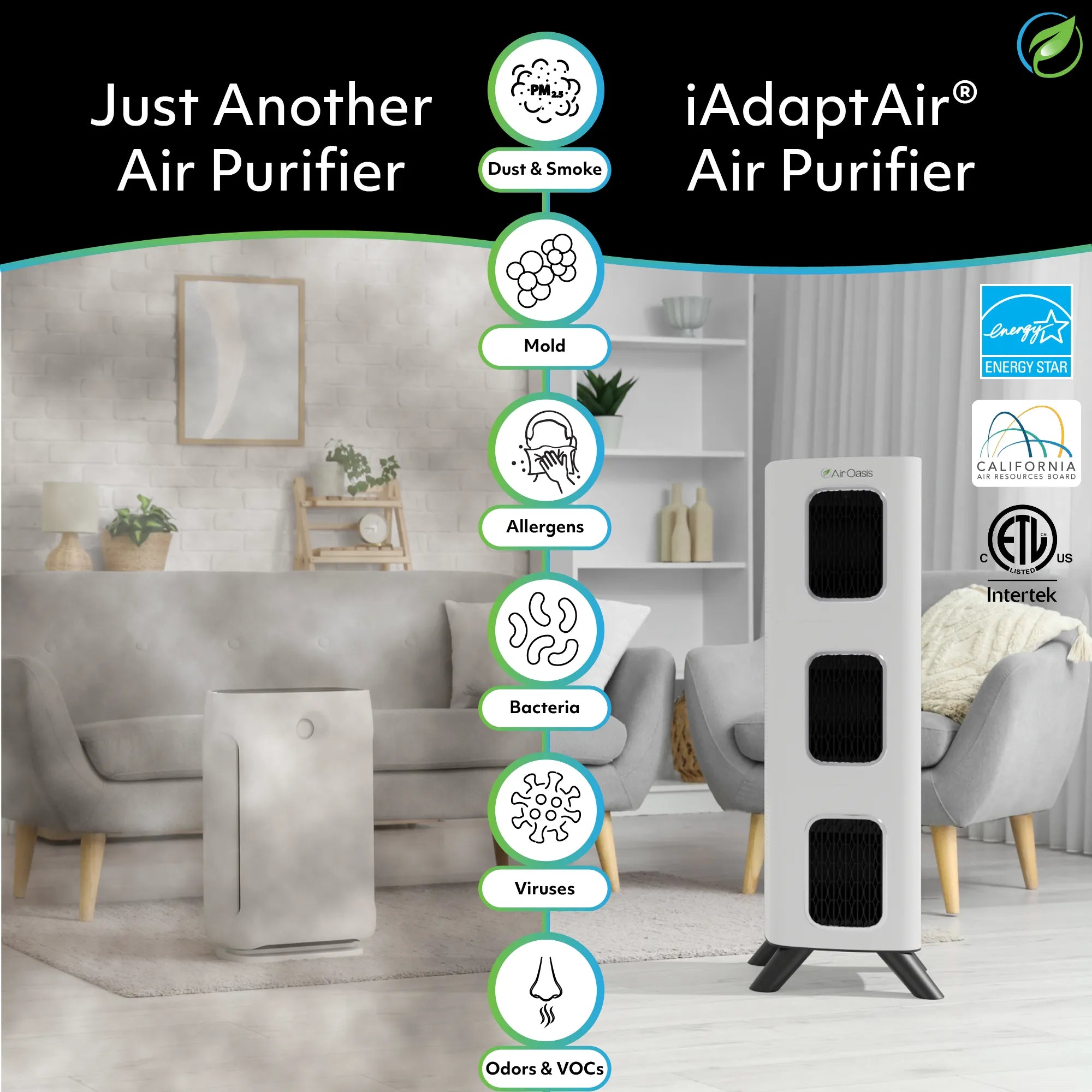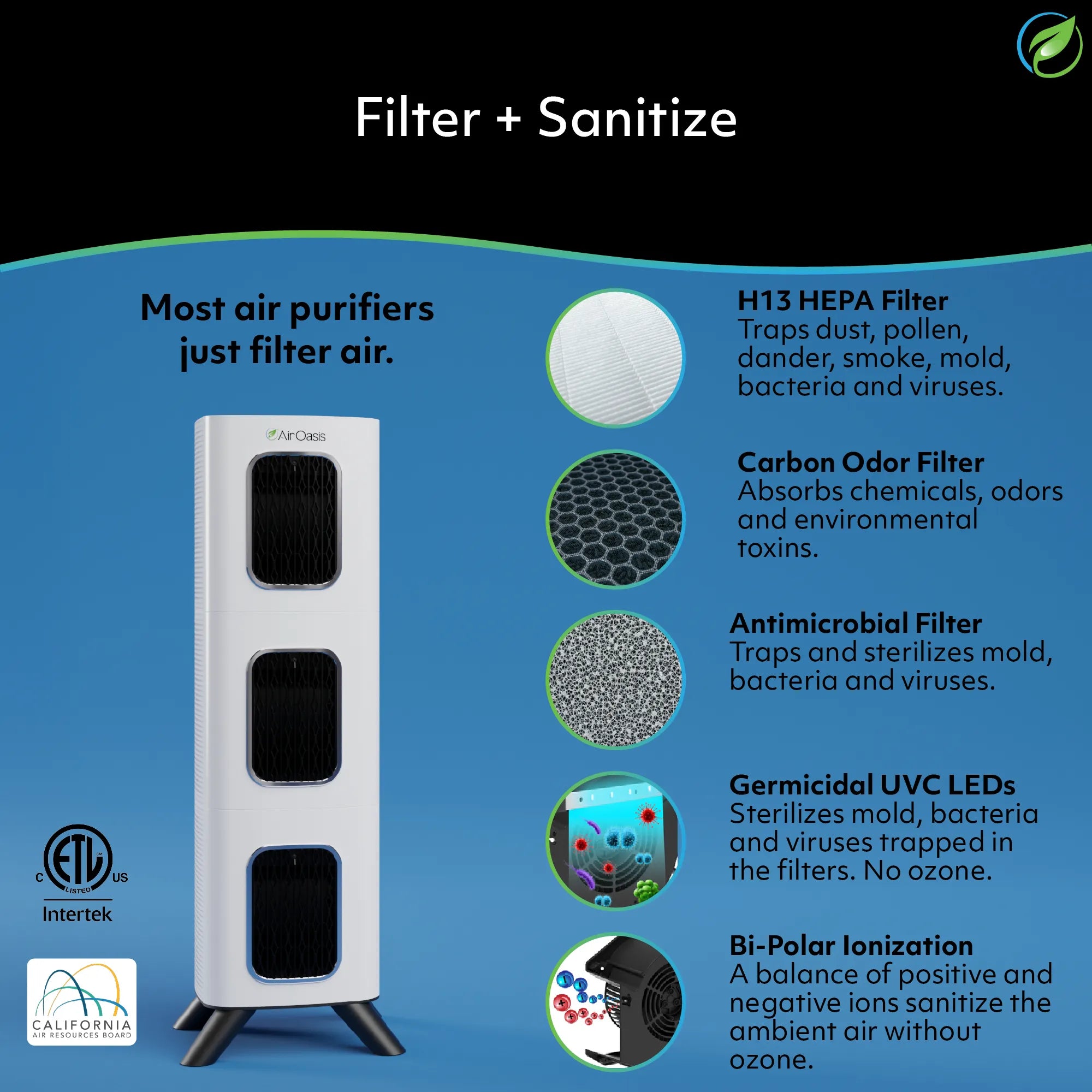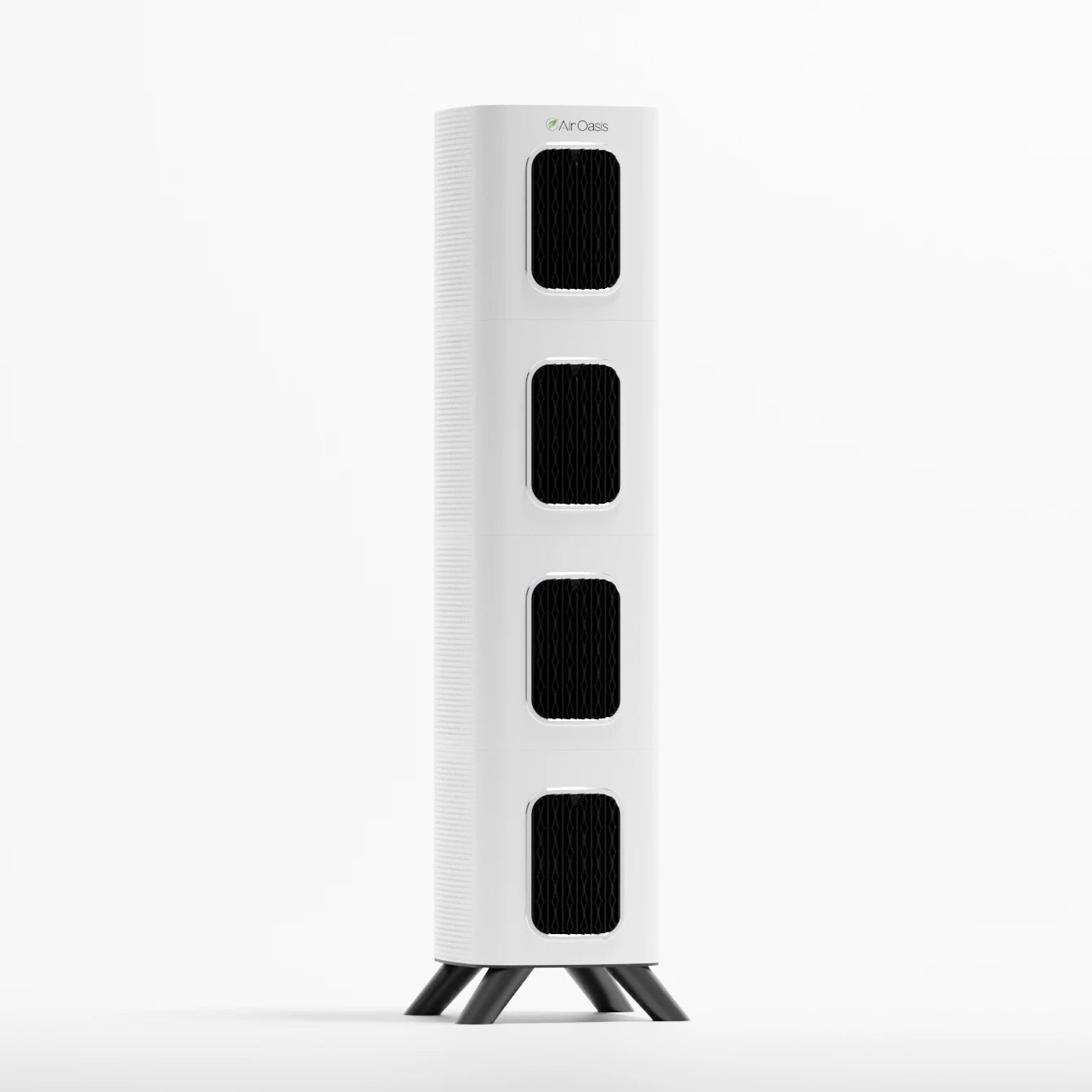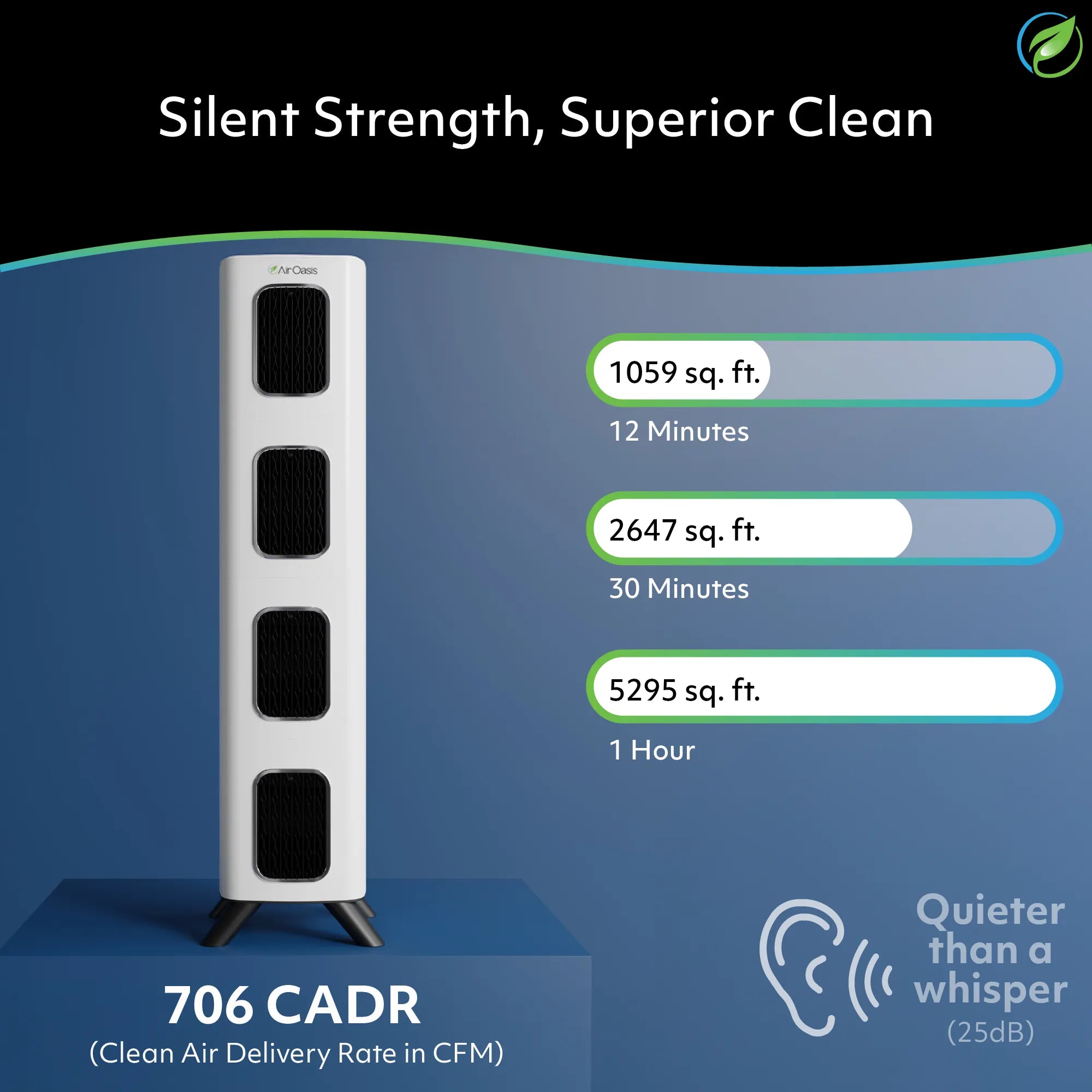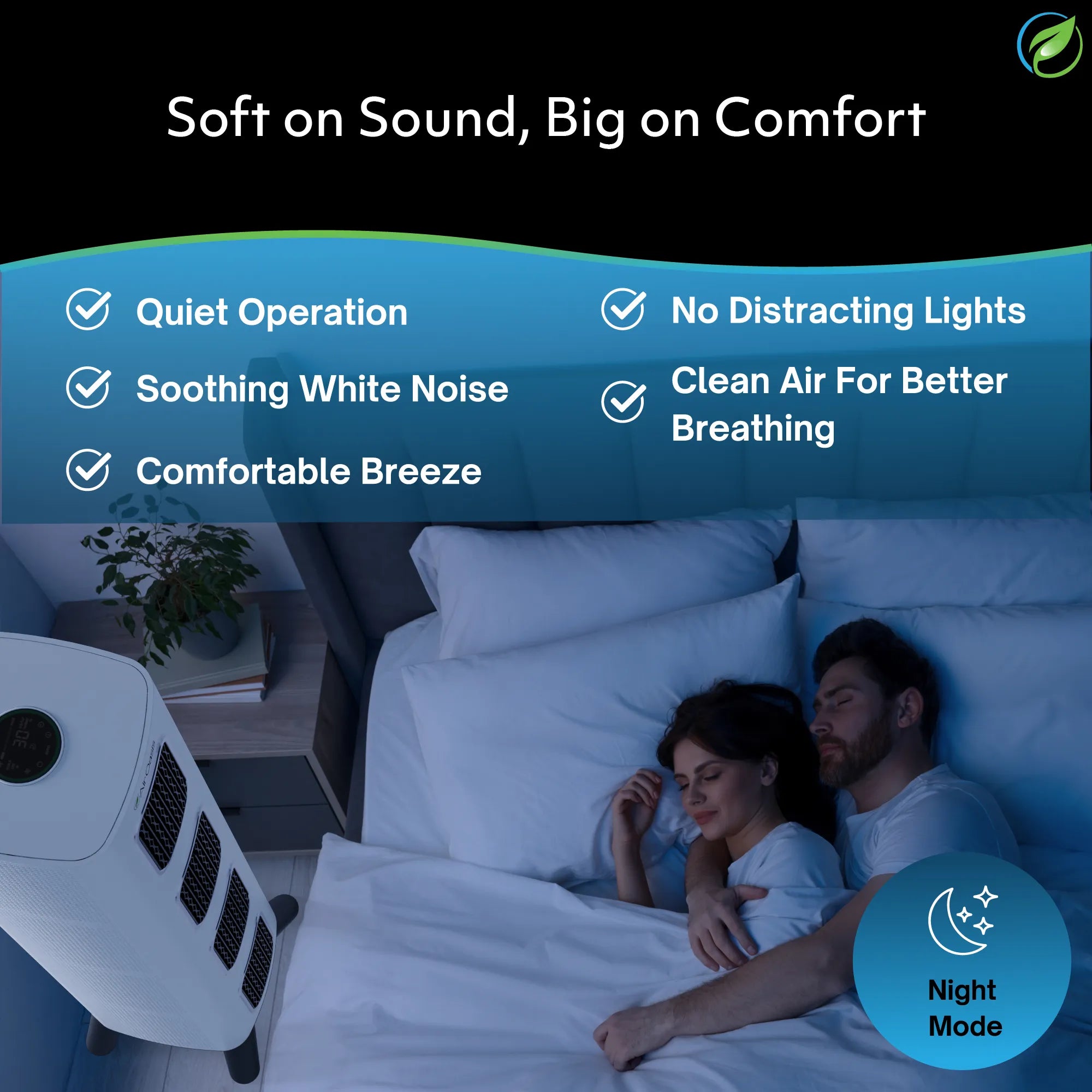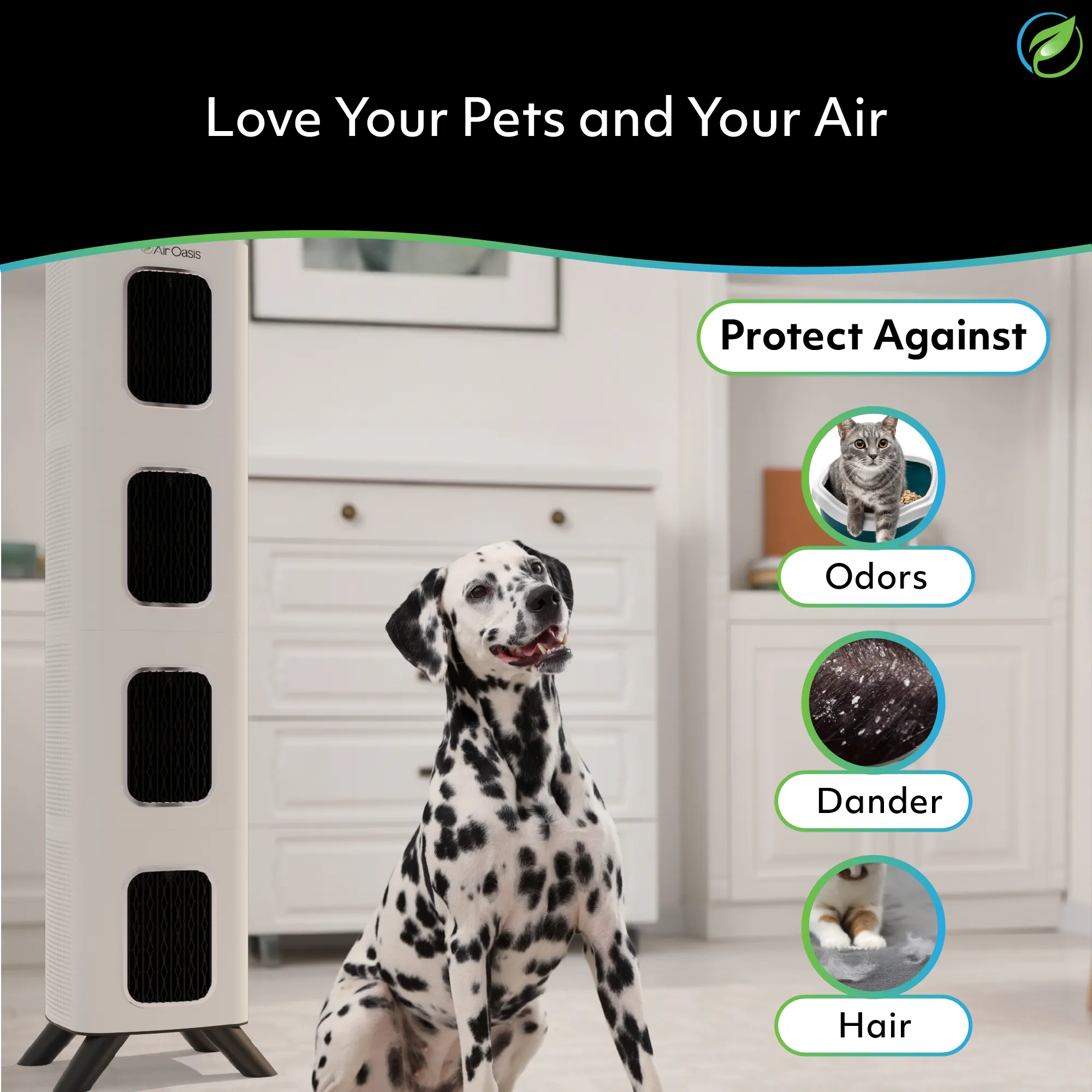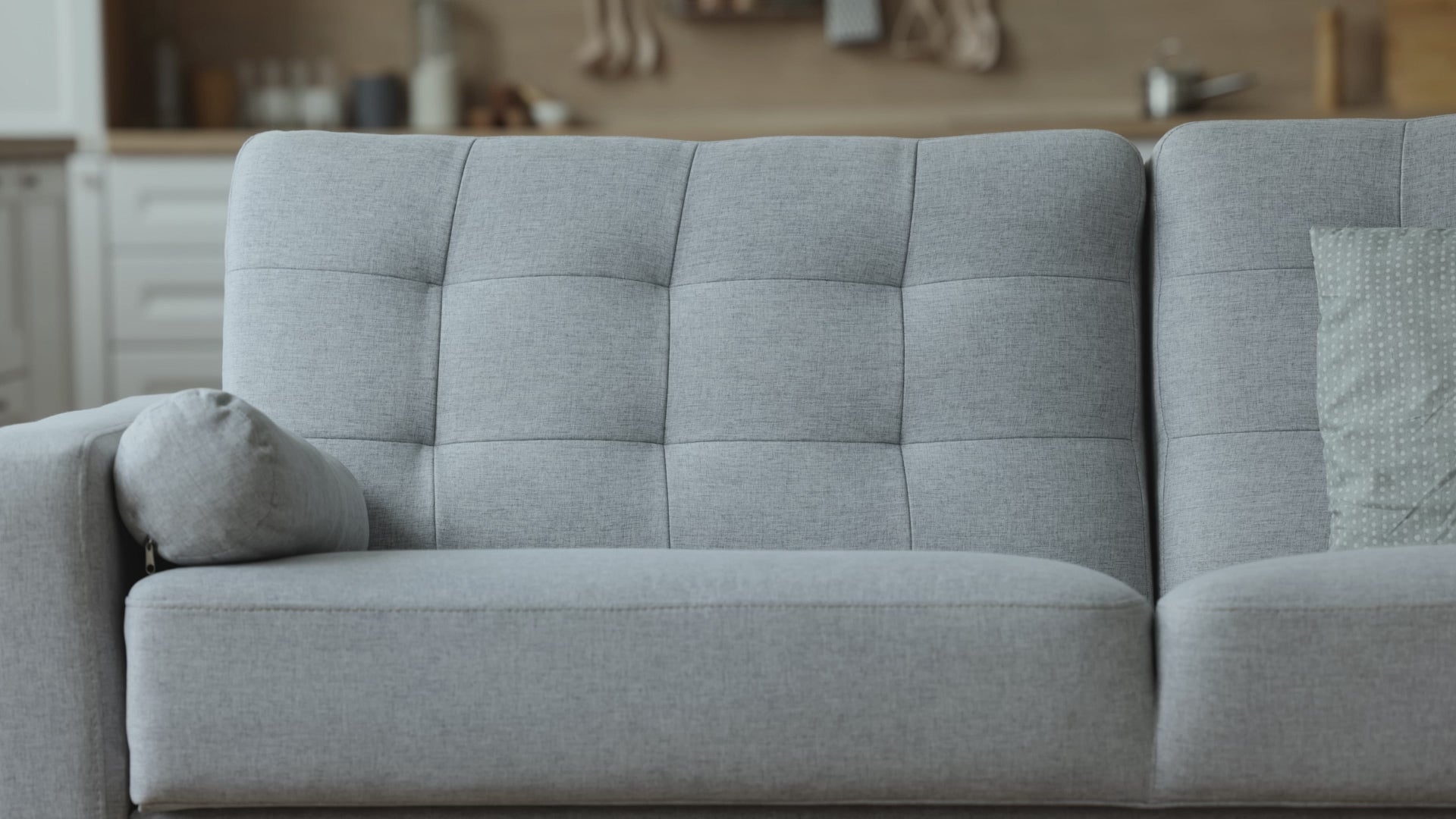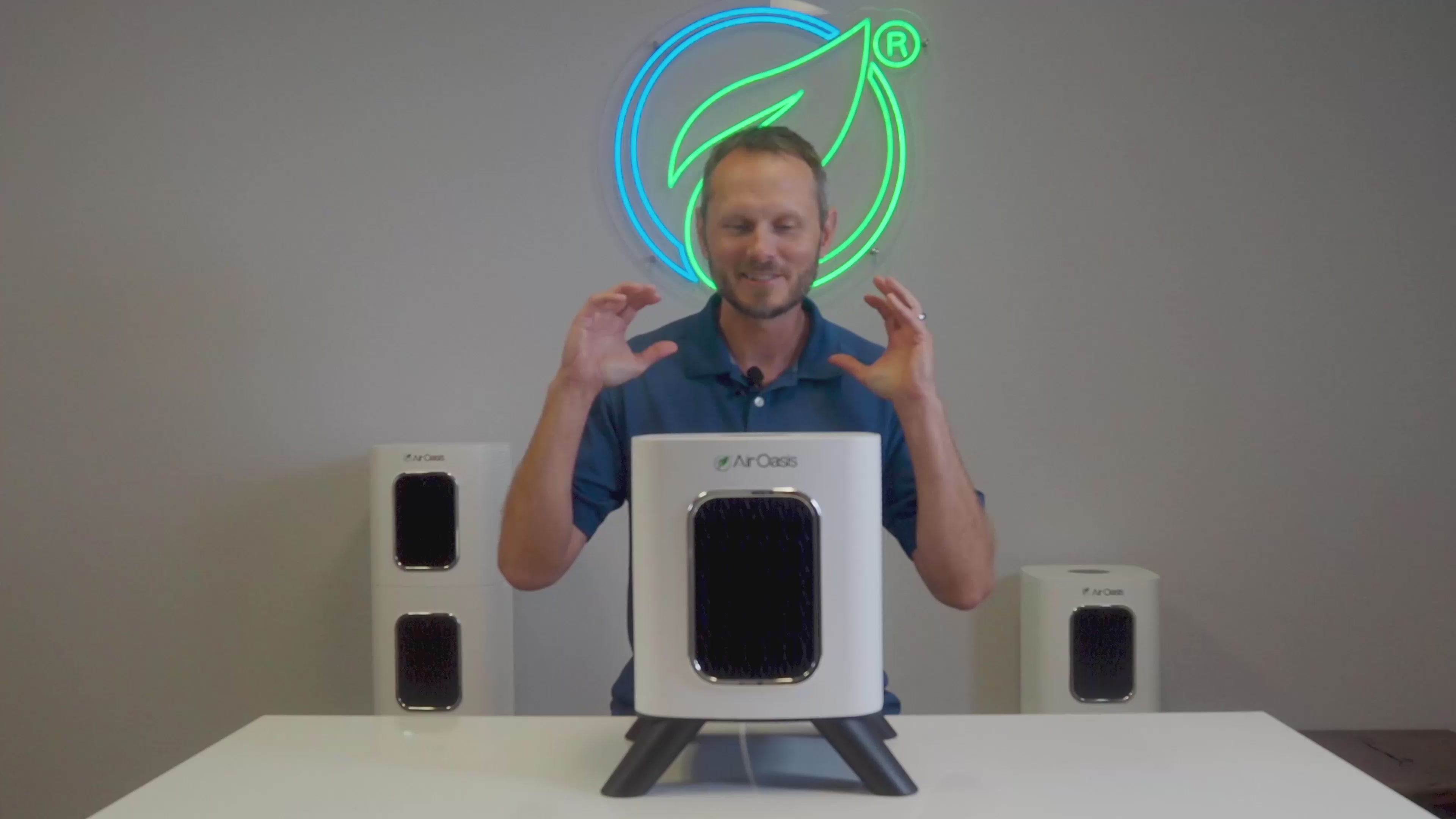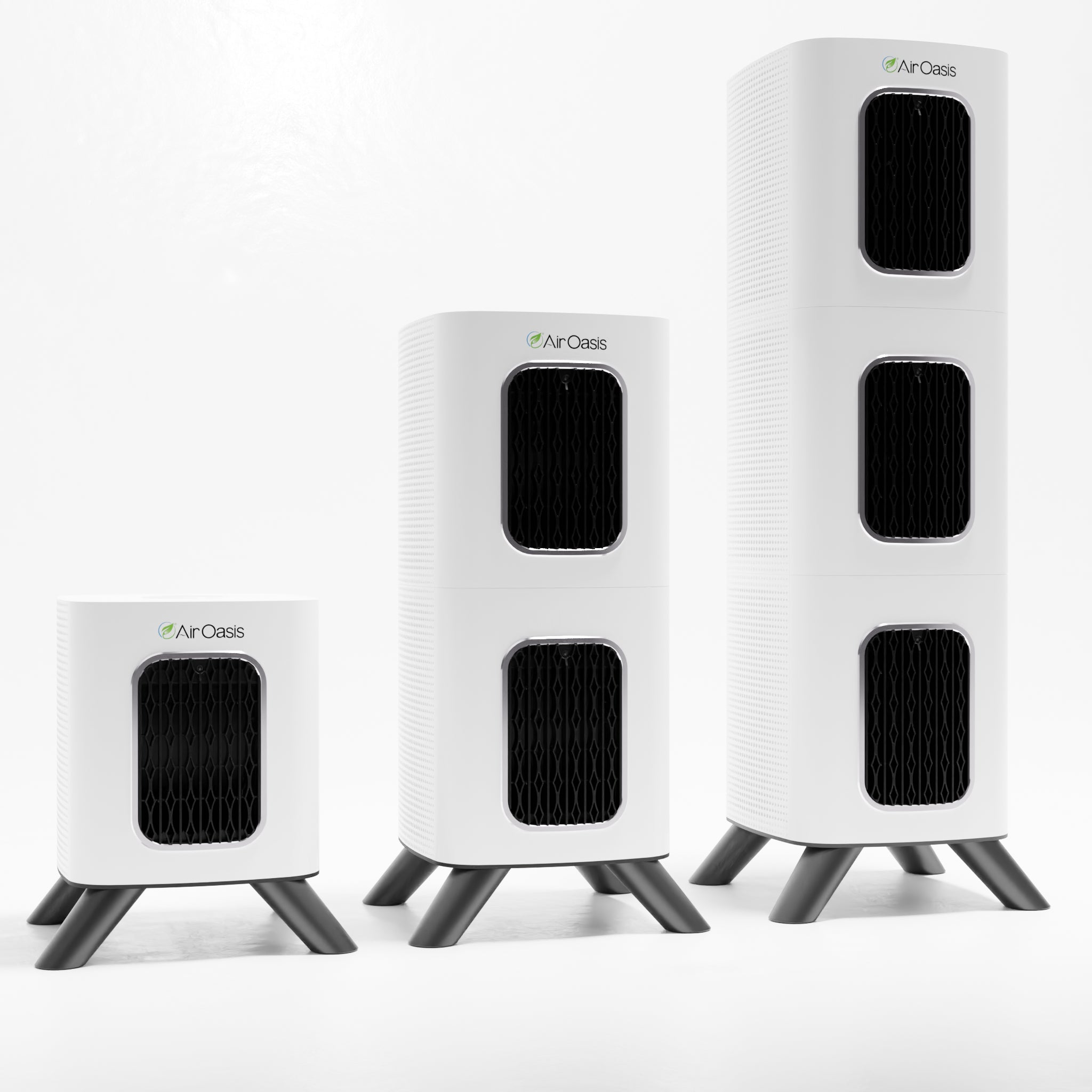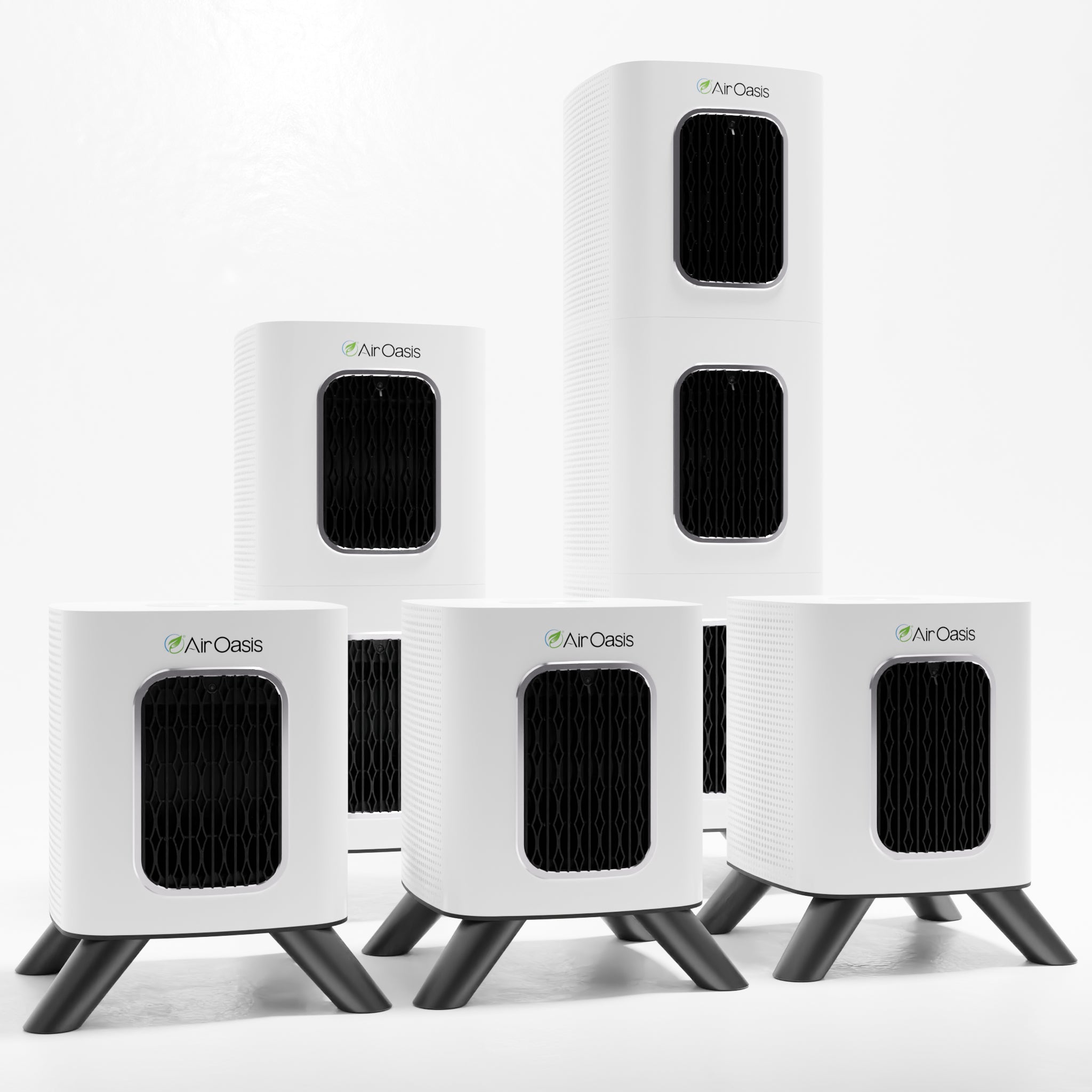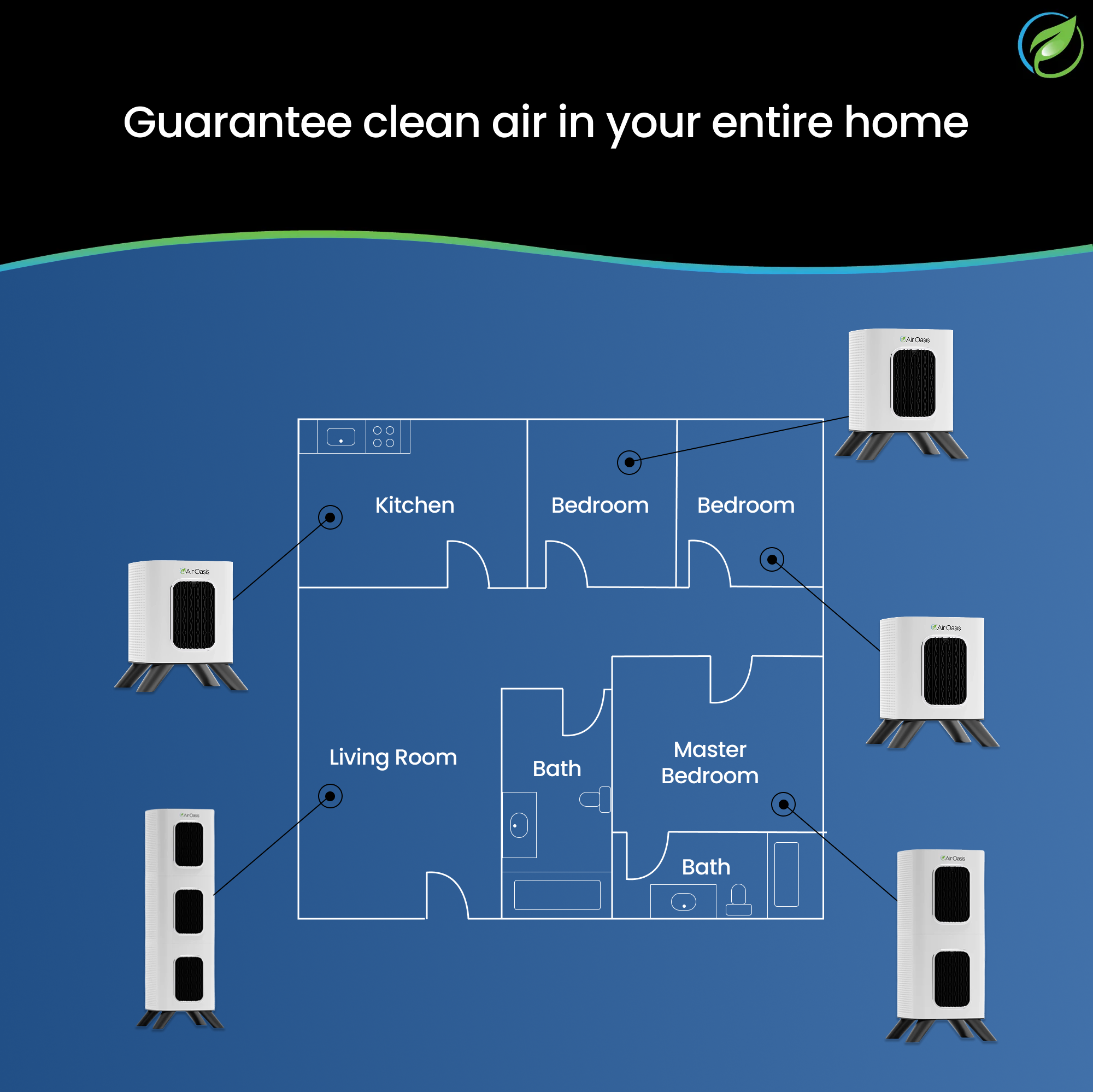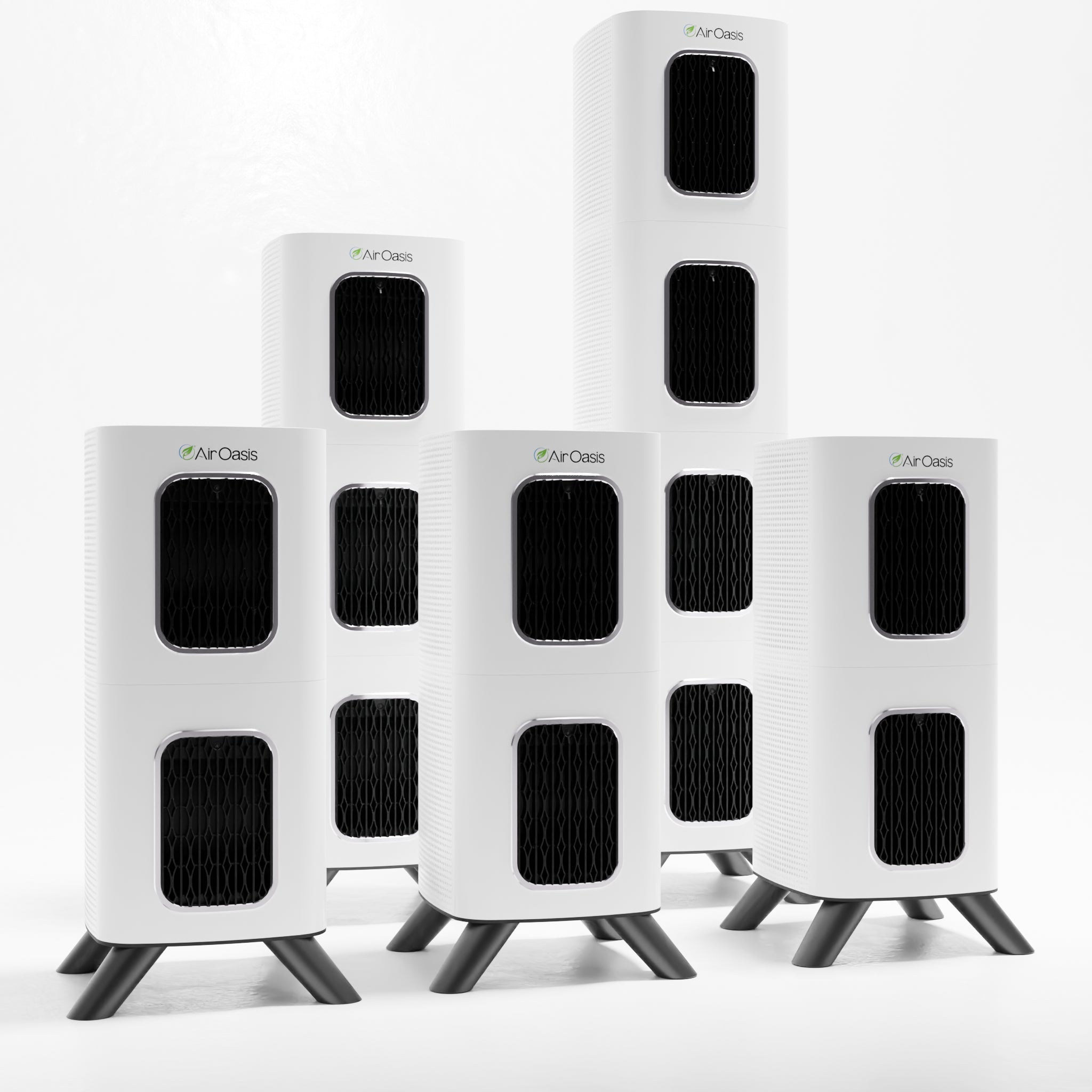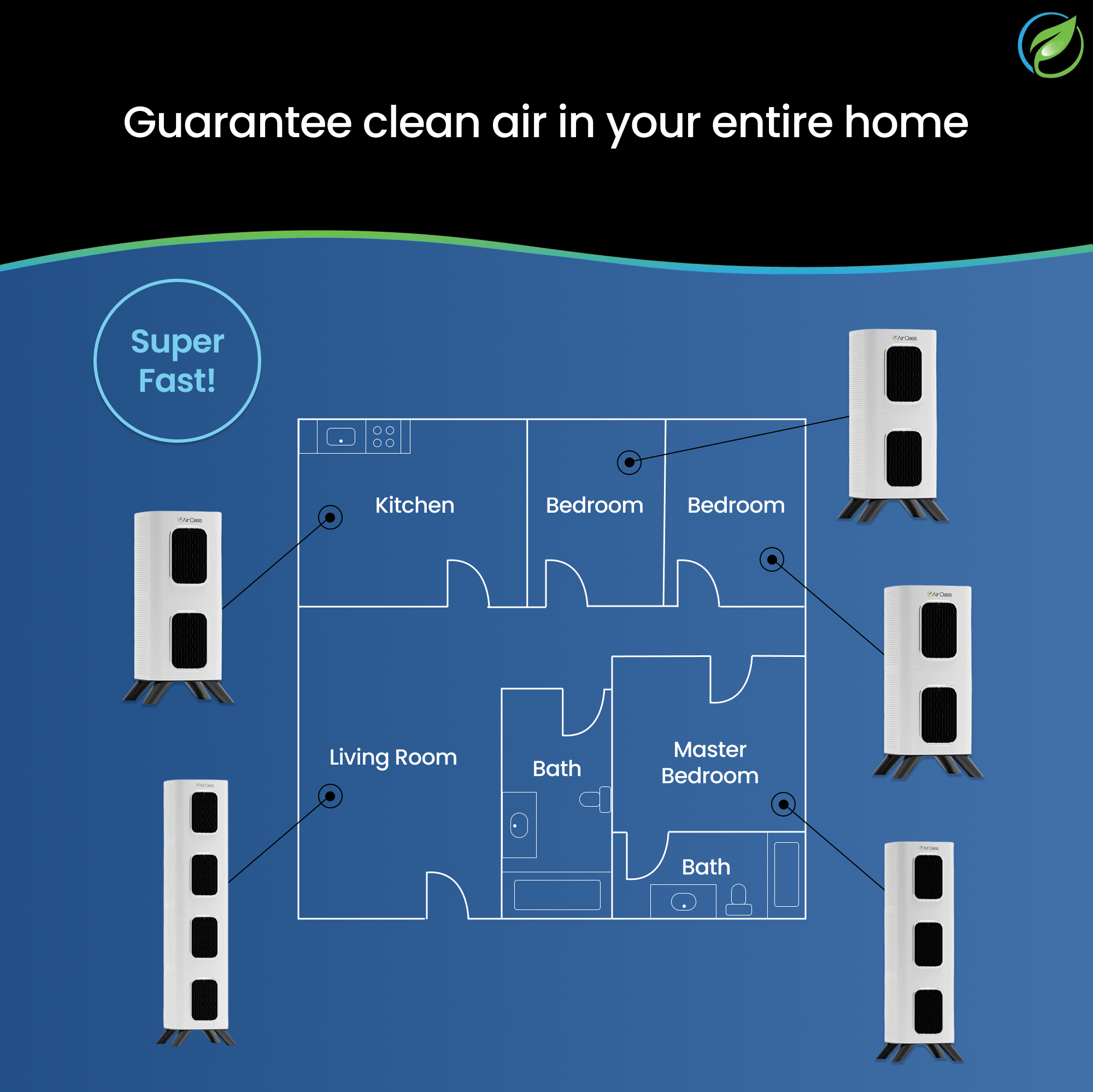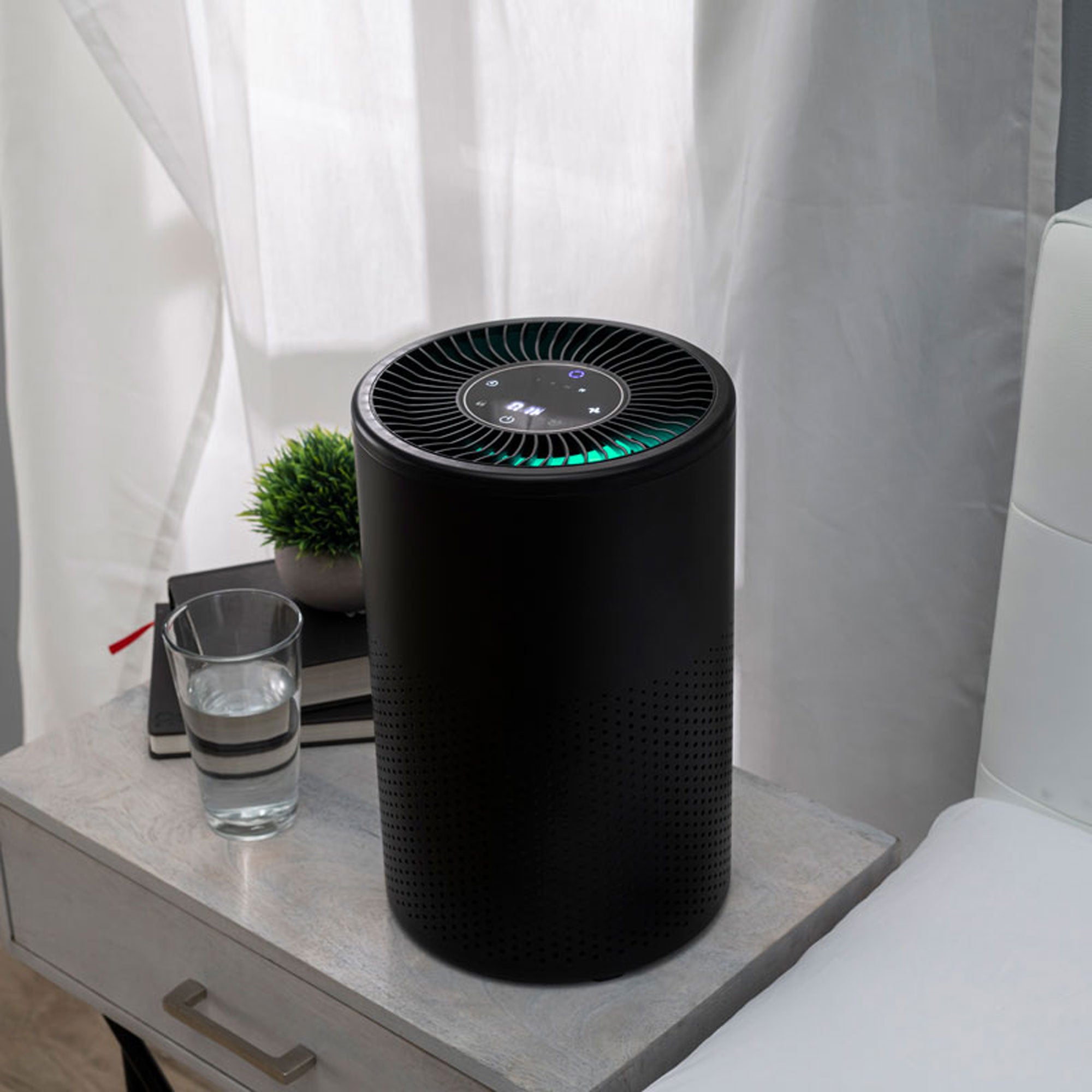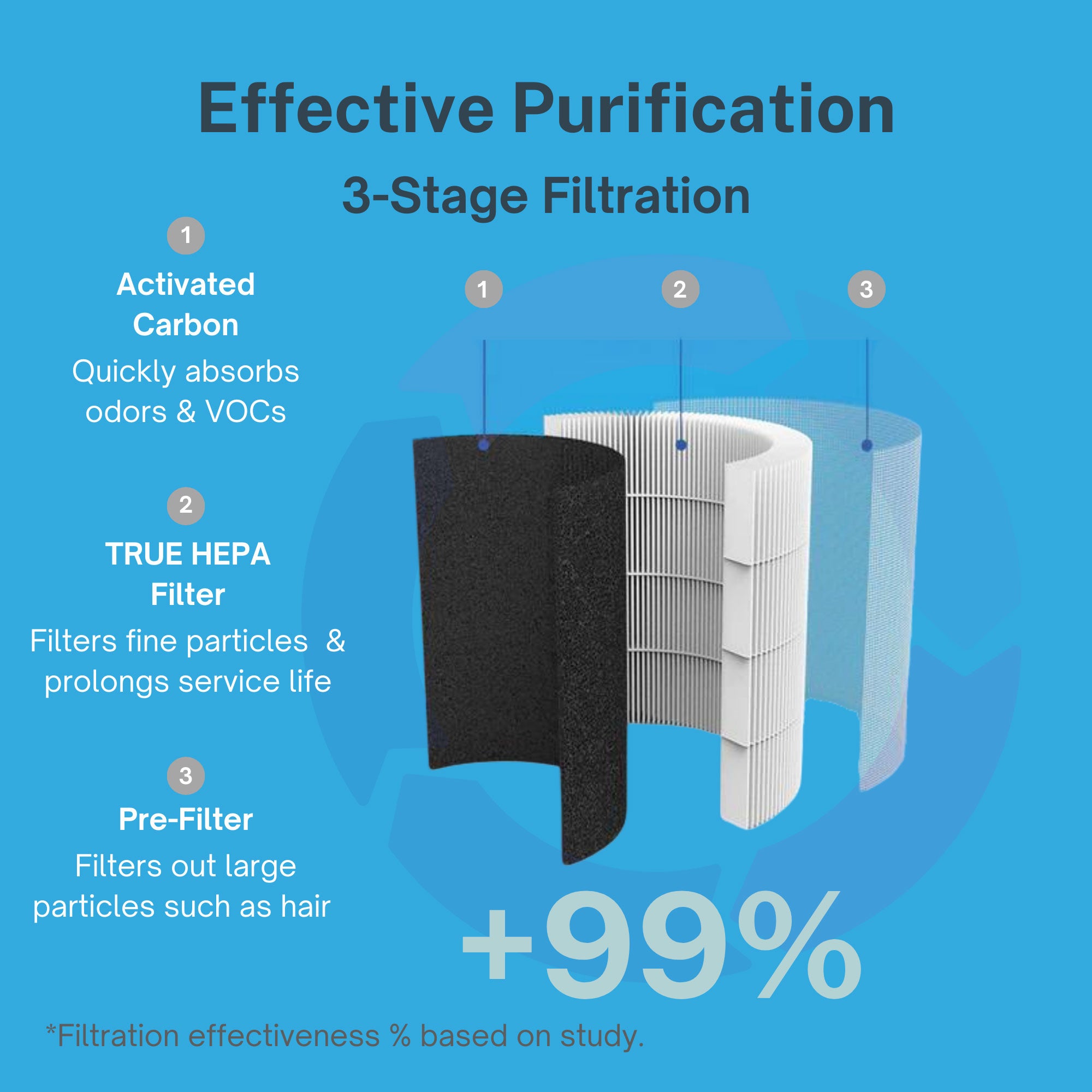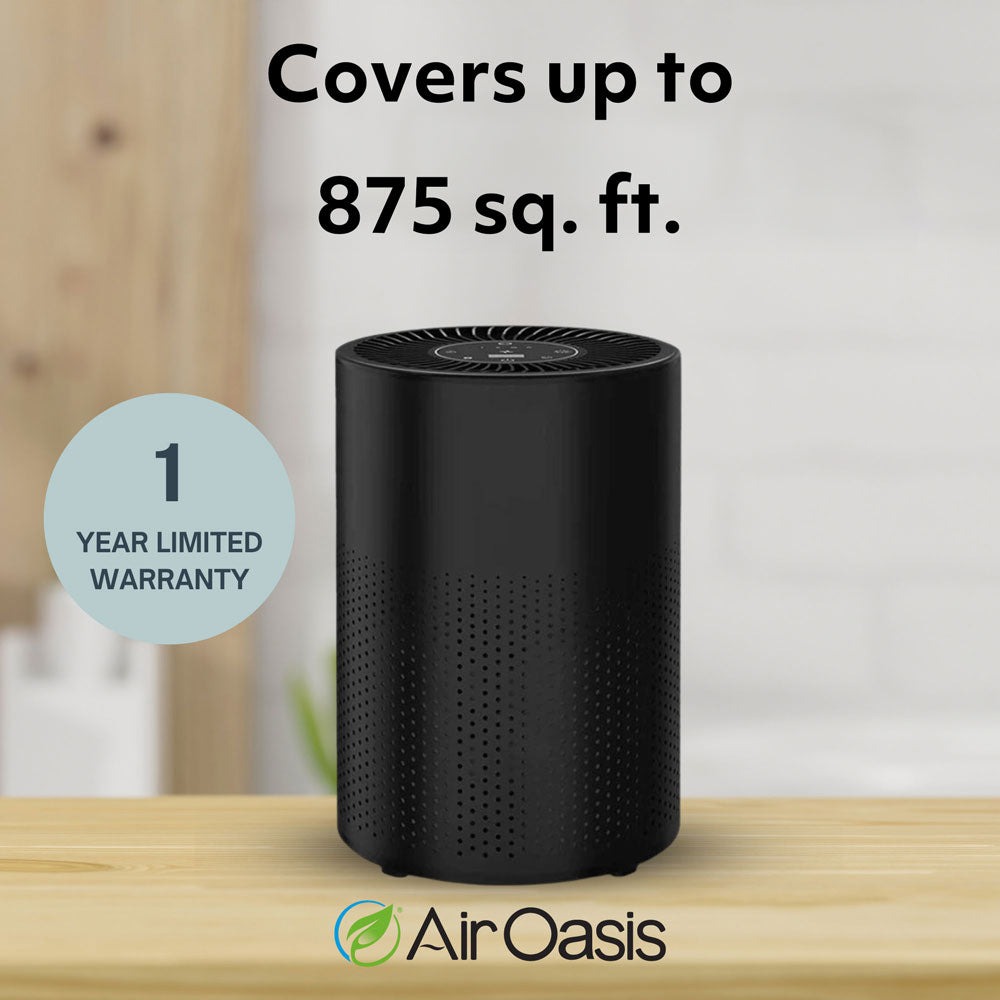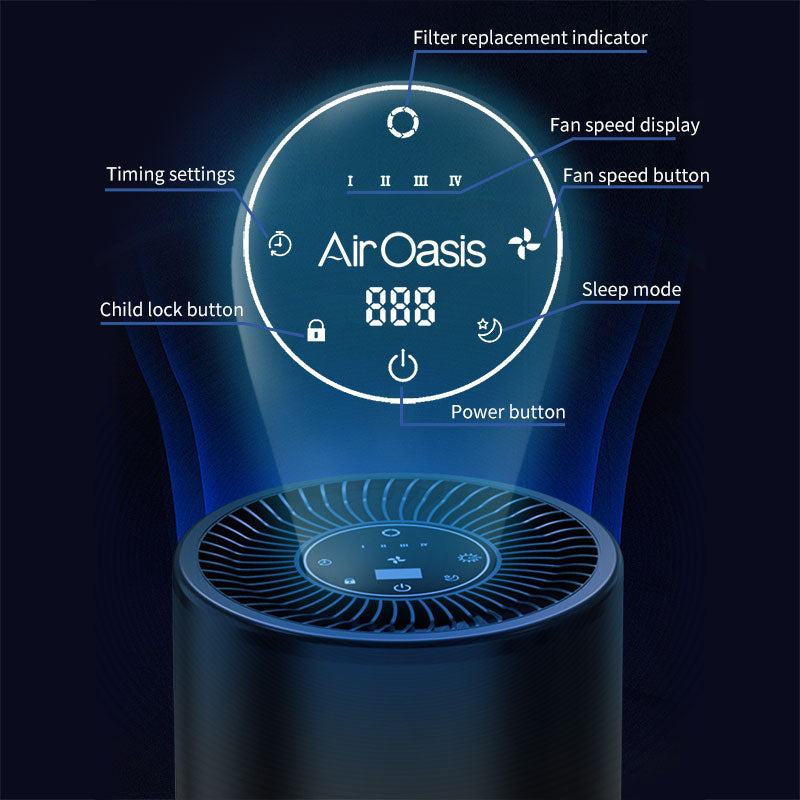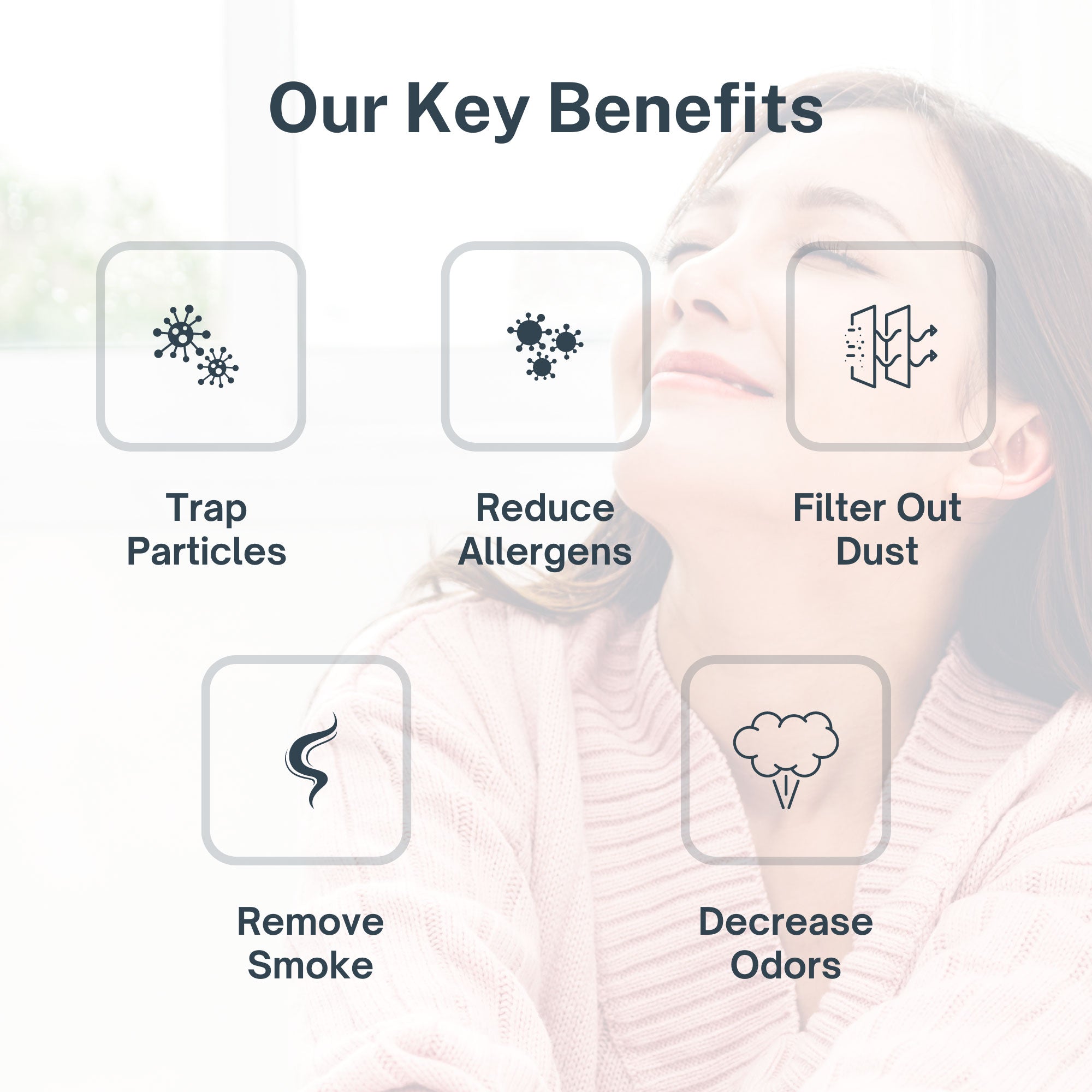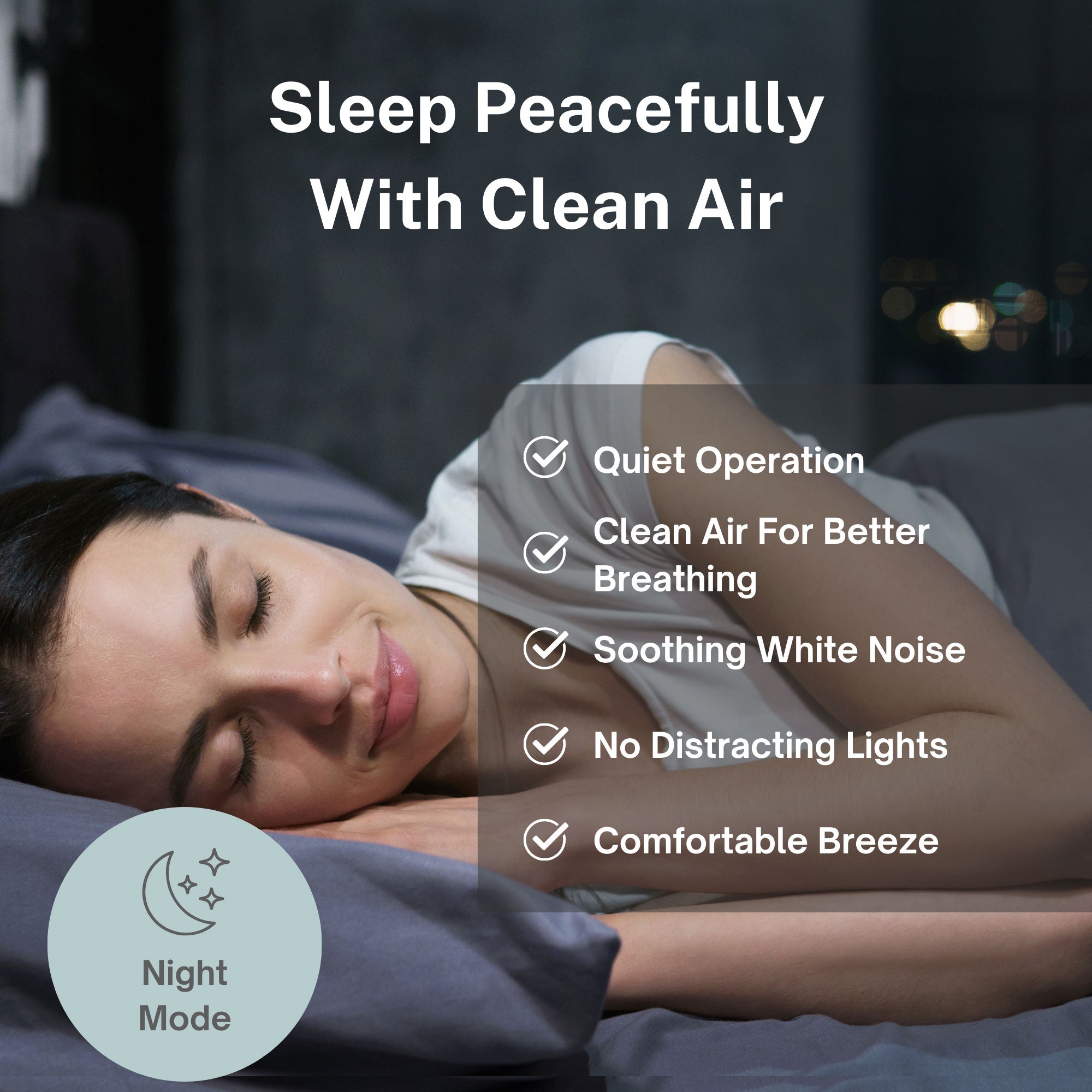Your home should be your healthiest environment. But new research reveals a troubling reality. Indoor air pollution breaches World Health Organization safety thresholds on four out of every ten days in UK homes.
The INGENIOUS study examined 309 families participating in the Born in Bradford health research program. What they found challenges assumptions about indoor air safety. High concentrations of PM2.5 particulate matter pervade homes across economic and ethnic backgrounds. But the burden falls heaviest on families from deprived areas and ethnic minority communities.
This isn't just a comfort issue. PM2.5 ranks as a major contributor to premature deaths worldwide. The tiny particles penetrate deep into lung tissue and enter the bloodstream. They're linked to cardiovascular disease, respiratory illness, lung cancer, and potentially dementia and diabetes.
The Inequality of Indoor Air Quality
The research reveals stark disparities in who breathes the most polluted indoor air. South Asian homes showed higher daily average PM2.5 concentrations than White British and other ethnic groups. Homes in more deprived regions measured higher pollution levels than those in affluent areas.
Rented properties had worse air quality than owned homes. Households where residents smoked, homes with gas stoves, and terraced or semi-detached properties all showed elevated PM2.5 levels.
These patterns matter because they compound existing health inequalities. Communities already facing greater disease burden also breathe the most contaminated indoor air. The families with the fewest resources to address air quality problems face the greatest exposure.
Rachael Cheung, Born in Bradford Principal Research Fellow and study co-author, emphasizes the significance. People spend most of their time indoors. This creates serious yet often overlooked health risks, particularly for communities experiencing disproportionate exposure.
Understanding the Health Threat
PM2.5 causes damage through multiple pathways. Cardiovascular effects include increased heart attack and stroke risk. Respiratory impacts range from asthma exacerbation to chronic obstructive pulmonary disease development. Long-term exposure contributes to lung cancer incidence.
Emerging research connects PM2.5 to conditions beyond the obvious respiratory and cardiovascular effects. Dementia risk appears elevated with chronic particulate matter exposure. Diabetes development may accelerate in polluted environments. The full scope of health consequences continues expanding as research progresses.
Children face particular vulnerability. Their developing lungs and immune systems respond more severely to pollutant exposure. Indoor air quality during childhood may influence health trajectories across entire lifespans.
Born in Bradford Director Professor Rosie McEachan describes the findings as alarming. Families face pollution exposure every day inside their own homes. Respiratory illness represents a major health burden in the UK. Cleaning indoor air could dramatically improve family health outcomes.
The Sources You're Breathing
Indoor air pollution comes from identifiable sources. Cooking generates significant particulate matter, especially with gas stoves. Smoking releases thousands of chemicals into indoor environments. Cleaning products emit volatile organic compounds. Building materials and furniture off-gas pollutants over time.
Outdoor pollution infiltrates indoor spaces through ventilation systems, open windows, and building gaps. Traffic emissions, industrial pollution, and seasonal factors like wildfire smoke all contribute to indoor contamination levels.
The concentration often surprises people. Indoor air can contain higher pollutant levels than outdoor air in the same location. Without active filtration, pollutants accumulate rather than disperse. Your enclosed living space becomes a reservoir for contaminants.
Professor Nicola Carslaw, INGENIOUS Project Lead from the University of York, calls for a holistic policy approach. Air pollution must be addressed from all angles, both inside and outside homes. Current efforts focus primarily on outdoor air quality while indoor exposure remains largely unregulated.
Why Policy Alone Isn't Enough
The research team urges government action including national public awareness campaigns and measures addressing socioeconomic inequalities. These policy interventions matter. But they operate on timescales measured in years or decades.
Your family breathes polluted air today. Policy changes won't protect your lungs tomorrow or next month. Personal action provides immediate protection while broader systemic changes develop.
Medical-grade air purification removes PM2.5 before it reaches your respiratory system. The iAdaptAir system captures 99.97 percent of particles as small as 0.3 microns through HEPA filtration. That includes the fine particulate matter causing cardiovascular disease, respiratory illness, and other serious health conditions.
Smart sensors monitor your indoor air quality continuously. When PM2.5 levels rise from cooking, outdoor pollution infiltration, or other sources, fan speeds adjust automatically. You get protection that responds to actual conditions rather than running at fixed settings.
UV-C technology adds pathogen control. Activated carbon removes volatile organic compounds from cleaning products and building materials. This comprehensive approach addresses the full spectrum of indoor air quality threats documented in the INGENIOUS study.
Protect Your Family's Health Now
The research makes clear that indoor air quality isn't as safe as most people assume. Families across economic backgrounds face exposure to harmful pollution levels. But you don't need to wait for policy changes to protect your household.
Medical-grade air purification provides immediate defense against PM2.5 and other indoor pollutants. The iAdaptAir system delivers continuous protection, removing the particles linked to cardiovascular disease, respiratory illness, and other serious health conditions.
Your family deserves clean air today. Shop Air Oasis and create the healthy indoor environment your loved ones need to thrive.




